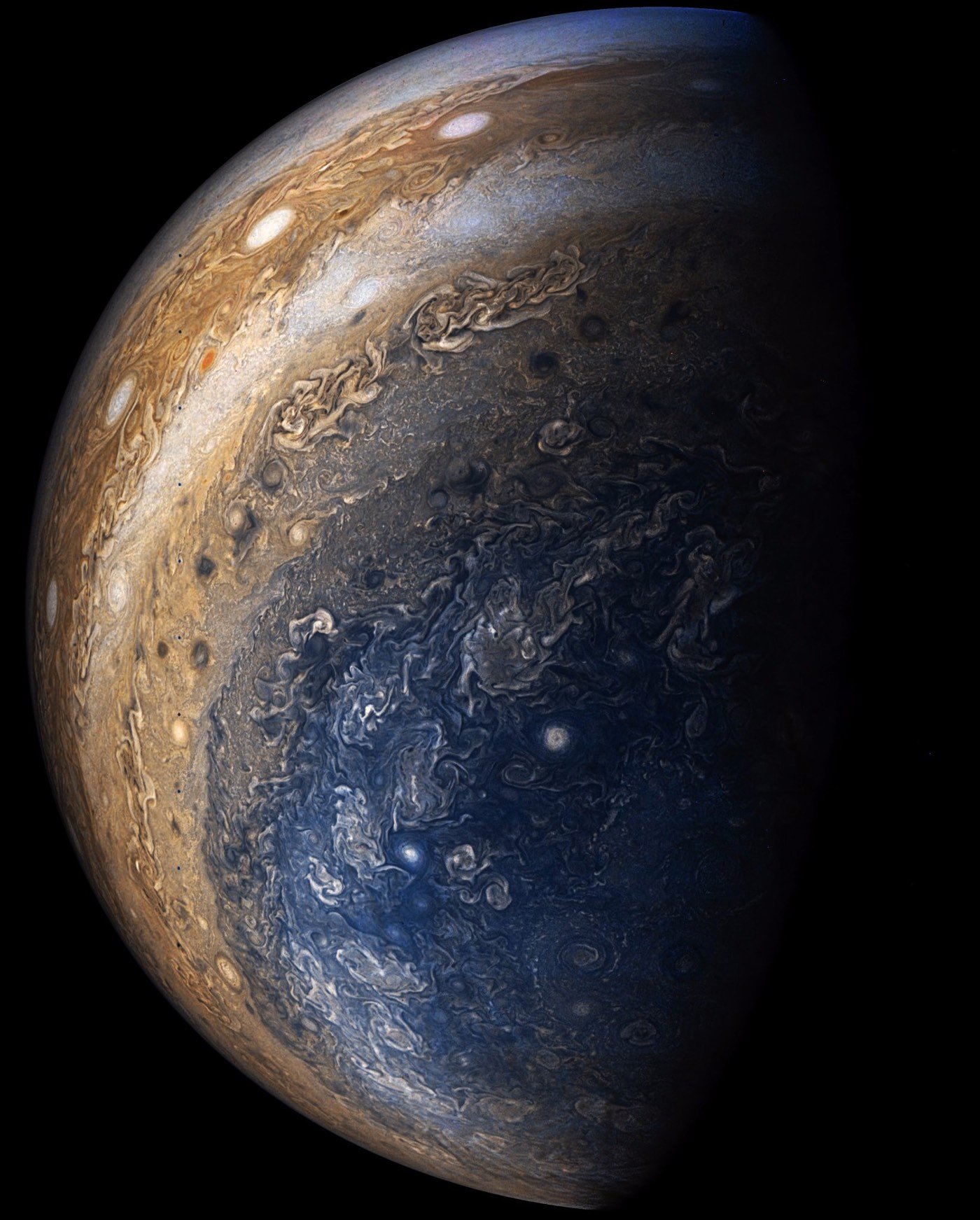


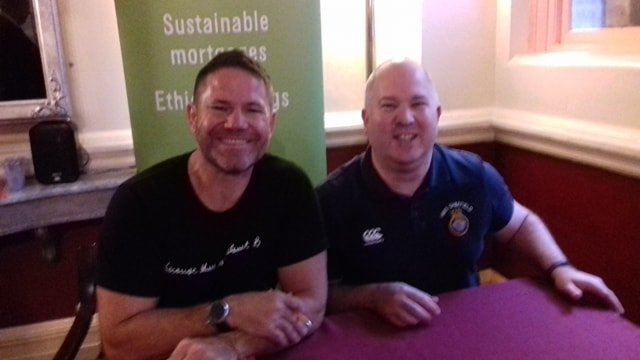
![Adrian Jones - The Author [right], with world famous explorer Sir Ranulph Fiennes. Chesterfield Winding Wheel Theatre 19/11/2003.](adyfiennes191103.jpg)
Kirk is missing, presumed dead. U.S.S. Enterprise 1701-A is retired. Spock has left Starfleet to be an ambassador. The old guard are gone or divided up. For the first time in twenty-eight years, the old crew of the Enterprise are gone. Hikaru Sulu and the Excelsior are the legacy of the old generation; John Harriman and the new Enterprise-B have a tarnished reputation that needs redemption. The Khitomer Accords have been signed. Azetbur is the Chancellor of the High Council after her father was assassinated. Who will step up to deal with what comes next? What happens from here?
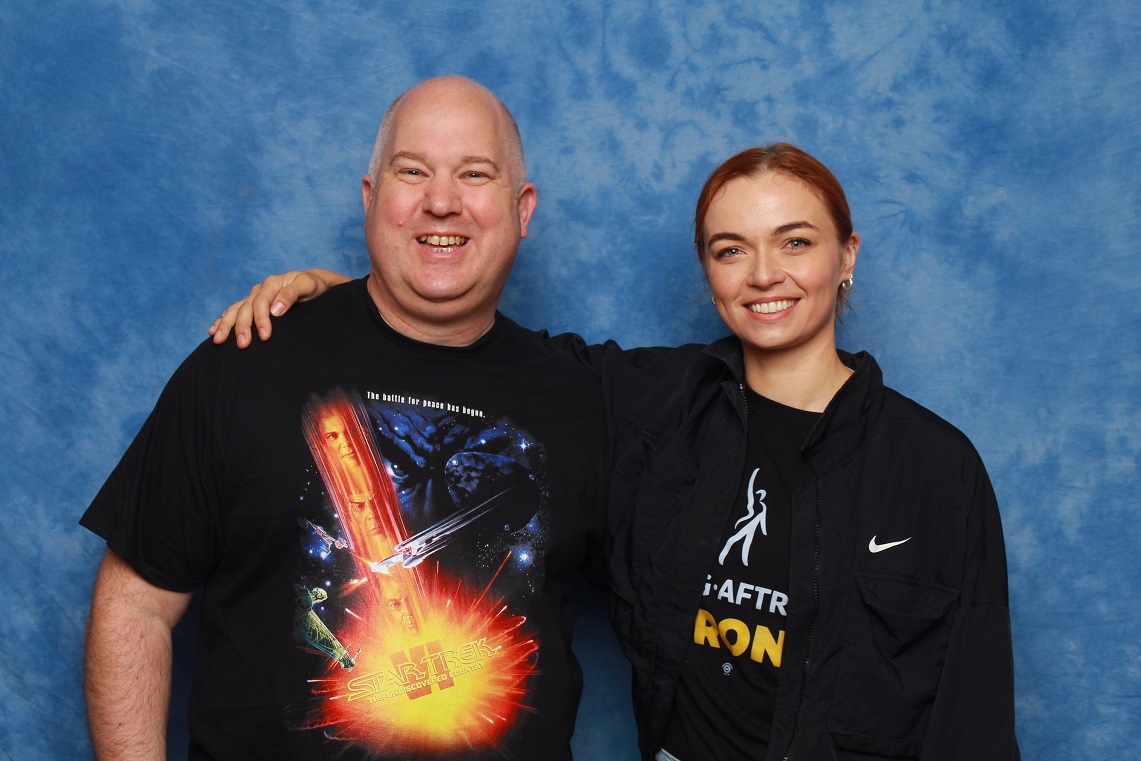
Star Trek: The Interim Years is the story of what happened after the momentous events in Star Trek VI: The Undiscovered Country; the discoveries and evolution in attitudes and technology which took place between the era of Captain James T. Kirk and Cadet Jean Luc Picard. Amongst a renewal in exploration, discovery, diplomacy and colonisation, Starfleet is active on the final frontier on levels unseen since the Federation-Klingon War. The Tholians, the Breen, the Cardassians, the Kzinti and the Romulans: all are being studied or researched for contact and diplomacy. The cold wars of the last fifty years are not to be repeated. Thirty years after Khitomer, these are the voyages of Captain Nathaniel Hawkins of the Miranda class starship U.S.S. Sheffield. Whilst the famous explorer vessels and deep space cruisers like the Excelsior and Constellation class are well-known to the general officers and crews of Starfleet by the Next Generation, cultural and social sciences specialists like Commander Deanna Troi will know that explorers do a superficial study over a large area; the second-tier, mission-dedicated starships like Sheffield did the more detailed work.

This is to reflect the 'real' Star Trek universe. The first exploration is done by probes like Friendship One. The results then direct the explorers: Constitution, Excelsior, Cardenas and Constellation classes. These are the headliners on the news with Kirk and the Enterprise or Sulu and the Excelsior. These ships first-foot new worlds and map new territories, making first contact and new friends. Their stay at each world is only for around ten days (the Original Series and Next Generation had 26 episodes per season, making each cover a fortnight - excluding novels and other media). This amounts to barely a 'keyhole surgery' study of a world, identifying places and people of interest for the next phase: second contact and in-depth studies. These are the studies to be expanded upon in the Interim Years with follow-up missions by Oberth, Magee, Hermes, Pillinger, Malachowski and Miranda class starships. These ships visit worlds and phenomena for extended periods of times of months at a time. This allows for the detailed study of phenomena, stellar cartography, cultures, languages, archeology and ecosystems. Pre-first contact studies need to determine the technological and cultural maturity of a civilisation before deciding whether we should, or not, make contact with them. Enquiries that are of a bigger scale might require more than one specialised science vessel, co-ordinated by a science command vessel such as a Miranda or Hoover class starship. With super-Earth size planets out there, the ability of a lone explorer type starship to study that world would be limited. A starship in orbit may be able to do detailed scans, there is still no substitute for "boots on the ground with a tricorder". This will be the less-glamorous, unseen side of bng in Starfleet. Kirk might be on the posters, assignments are more likely to be the Grissom, Tsiolkovsky or Cabot than the Enterprise, Excelsior, Lexington or Stargazer. This is about studying the many more worlds that aren't M-class, the spatial anomalies, the proto-Earths, rocky asteroids, ice giants and gas giants.
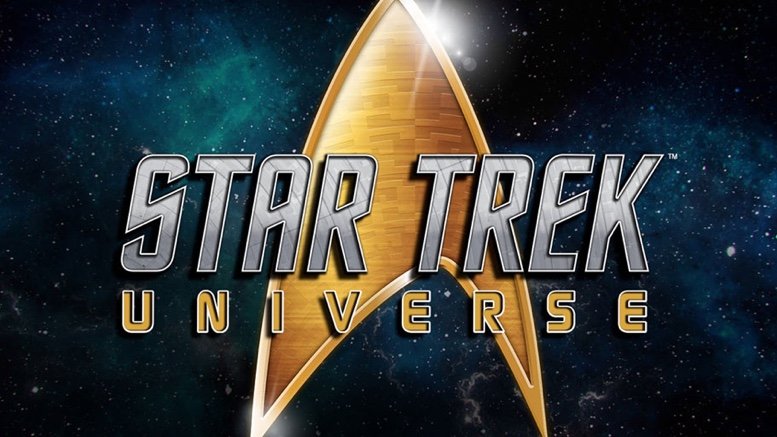

Star Trek: The Interim Years is more than a story about one crew and one starship; this is about the transition between Kirk and Picard. It is a story to be told from many viewpoints throughout the history. Welcome to the Interim Years section of the Star Trek Universe. From Excelsior and Enterprise-B to the story about Praxis, the outbreak of plasma plague at Oby V with the medical ship Solace and Leonard McCoy, ships of the Tabula Rasa campaign like Explorer, Potemkin, Apollo and Hirayama as well as experiences away from Starfleet like the Merchantman and Six Pillars of Romulus. From talking about the first peace initiatives in the mid-2280s with the Hood, the preparatory observations of the Emden and Courageous. Studying the mysteries of deep space with Underworld and the dangers over the hill with the Nimrod. Underworld looks at the Federation from ground level; seeing in the lightest of days there are still shadows. I want to look at the dilithium miners, the second generation colonists, the science vessel crew in deep space, the small science vessel on a planet following up the glamorous explorer vessels, the super-Earth studies with many times Earth gravity, the civilisation on the verge of discovering warp drive that must be assessed for readiness for contact, the spatial phenomena near Tholian space, repairing the cultural damage done on Neural, Beta III and Gamma Trianguli VI, studying Vaal and Landru to figure out the Artificial Intelligence and determine if the technology is indigenous or imported, computer archeology looking at the software language and hardware, Pulsar studies, singularity studies, the cargo crew resupplying the distant colonies, the forgotten colonies whose purpose has now expired, the team of engineers and scientists on the Venturi homeworld trying to save their world and many more scenarios beyond these. This is where the values of Gene are put to the real test; it's one thing to have visions and values, it's another to test those values, see the alternatives and still understand why these values are worth fighting for. Why Gene's vision is a good one. Each story has a different feel and viewpoint. This is my ST: Interim Years from the start: a comprehensive story universe from many angles with consistency and realism. I want to build upon the fifty year Star Trek legacy. To see what the vision of Gene Roddenberry means for the crews of Starfleet, the Federation citizens, colonists and those nations outside the Federation. In the modern age it's about reviewing the values of Star Trek and ensuring that each story, each element lives up to those values. I want to show the 'evolved sensibilities' that Picard spoke of in TNG: 'The Neutral Zone' and ST: First Contact; Star Trek is about US becoming BETTER. I don't just want the Prime Directive for non-warp cultures, I want to show how the Federation doesn't do regime-change; we don't expect everyone else to be like us. We LISTEN and LEARN from other cultures, we RESPECT differences. This is about journeying across the universe into new, uncharted places and not spoiling them. We work WITH the environment and peoples, we observe and we preserve. Regarding the PRIME DIRECTIVE, we look at the technological and cultural maturity of the civilisation and have the moral fibre to say NO to contact. We must be guided by science and our principals and not by reckless impulse.
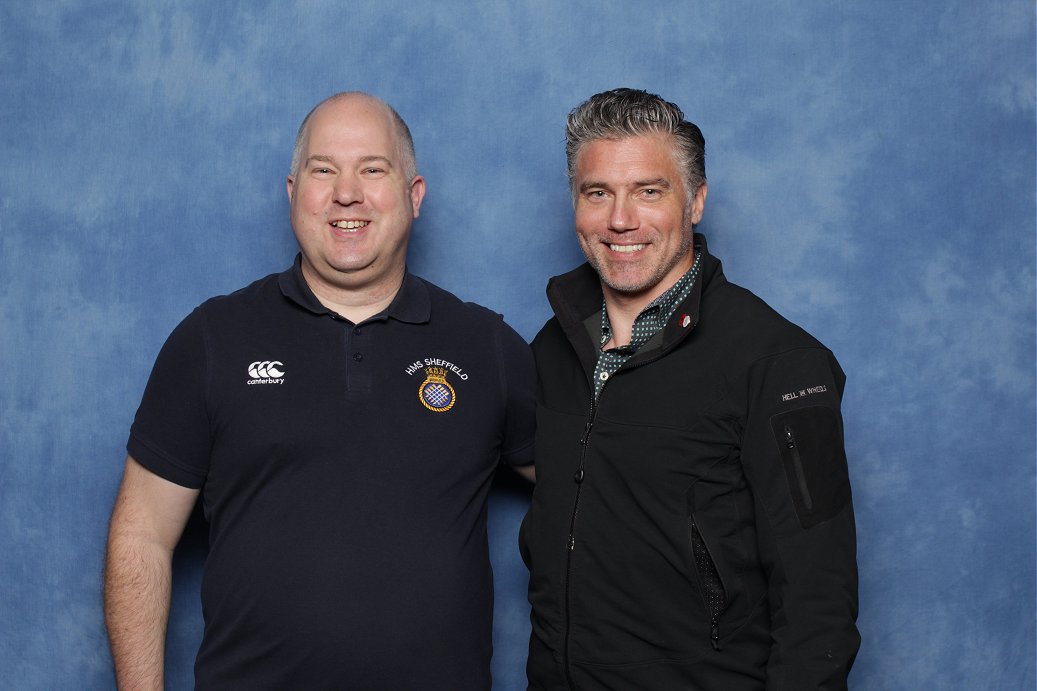
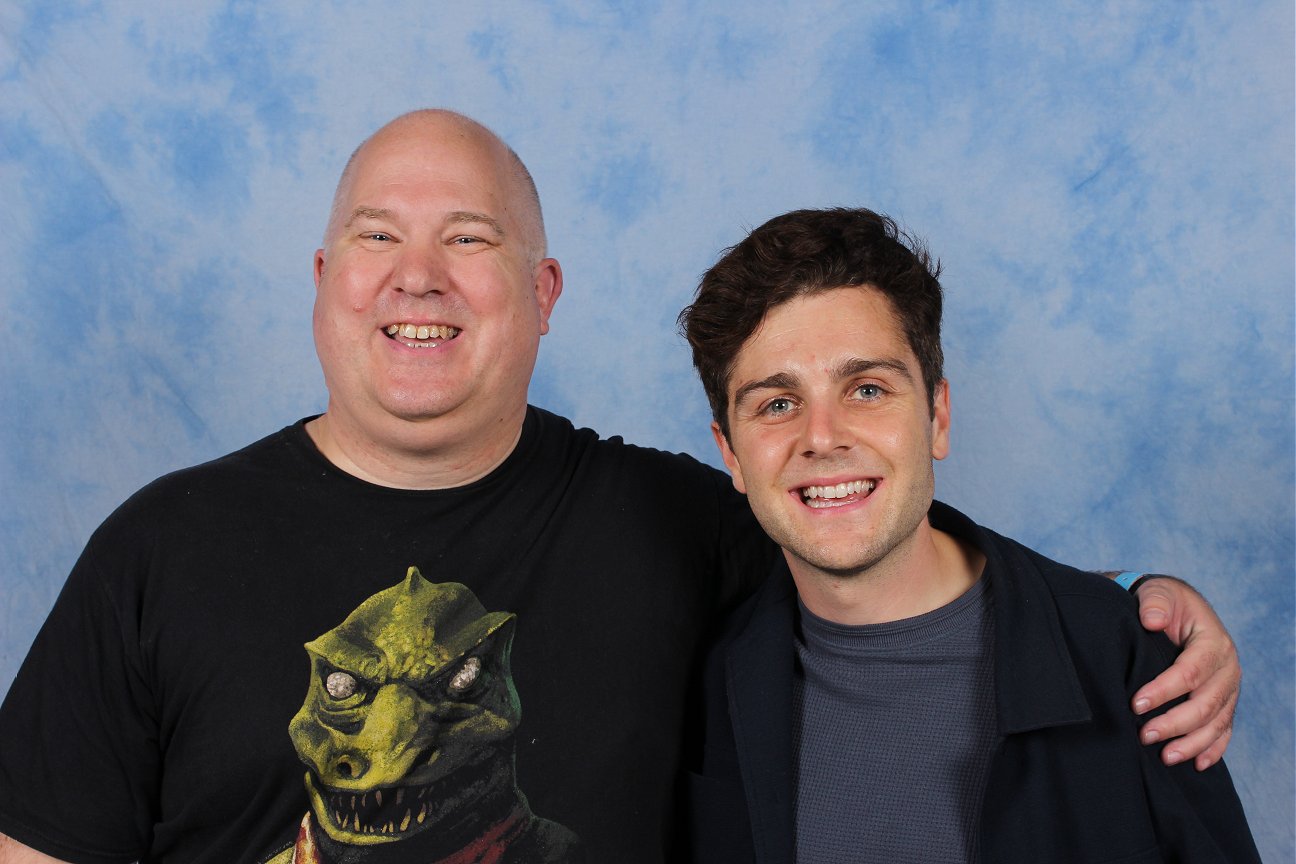
The irony is that the 'monster marooon' uniform era (2277 - 2355) has perhaps the poorest portrayal in movies and television for actual exploration. The Grissom in Star Trek III was the only starship in 5 movies to be shown exploring planets. Reliant in Star Trek II was seeking a lack of life for Genesis, so perhaps you could argue that was a science mission. Beyond that, Saratoga was patroling the Neutral Zone, Excelsior was after gaseous anomalies. Shepard in Star Trek IV was carrying medical samples. The Yorktown we don't know. Even the plots of Star Treks II, III, V and VI were more concerned with fighting the Bird of Prey or the superhuman Khan than actual exploration. You could make the case that these movies actually aren't Star Trek in the truest sense(!) Interplay Games Starfleet Academy and Star Trek: New Worlds were the best examples of Star Trek in the 'monster maroon' era; actual exploration and discovery in true Star Trek style. The Tabula Rasa campaign actually gives a period 2288 - 2291 where the Federation was engaged in exploration and colony building, not just chasing off the Romulans. There was a mystery to solve and this really shows that the spirit of discovery hasn't been lost because of the naval-inspired uniforms. Most of the novels, books, fan fiction and games were shaped by the Wrath of Khan and Search for Spock with Starfleet looking more militaristic. David Marcus' comments about Starfleet being the 'military' meant that this era is incorrectly thought to consist more of Cold War posturing with the Klingons and Romulans than Roddenberrian exploration and values. The Interim Years seeks to redress this misperception. The Wrath of Khan-era movies actually gave us some of the best known and common science vessels of the Star Trek Universe: the Oberth class science vessel. We also got the Miranda class light cruiser and the Constellation class Star Cruiser, two more vessels for either deep space exploration or follow-up studies. The Second Contact that Star Trek: Lower Decks speaks of. I want to see people in maroon uniforms and jumpsuits beaing down to planets with tricorders, not phaser rifles. I want to see genuine exploration of the unknown. Cateloguing and examining new finds. No 'Planet Nazi' or 'Planet Gangsters' but genuine new civilisations detailed in a way that works. The PRIME DIRECTIVE needs to be rigorously enforced in ALL stories; planets that are either not technologically advanced enough or who have not reached cultural maturity (eg still fight amongst themselves, have racism or other social class systems, dominated by superstition or religion instead of science and reason). The directove is more about saying no than yes. Not every starship is a first rate explorer like the Enterprise, Hood or Excelsior. Despite these all being used on the recruitment posters for Starfleet, the average Starfleet officer or crewman will serve on a science vessel, patrol vessel or transport. Pike, Kirk, Sulu and Harriman are merely the poster boys. All ships make their own contribution, building up the whole picture. Every cog in the machine is vital. nowledge is the primary role of Starfleet, along with colonisation. Studies to super-Earths with lava geysers as well as ice giants with subsurface liquid seas, warmed by the core.
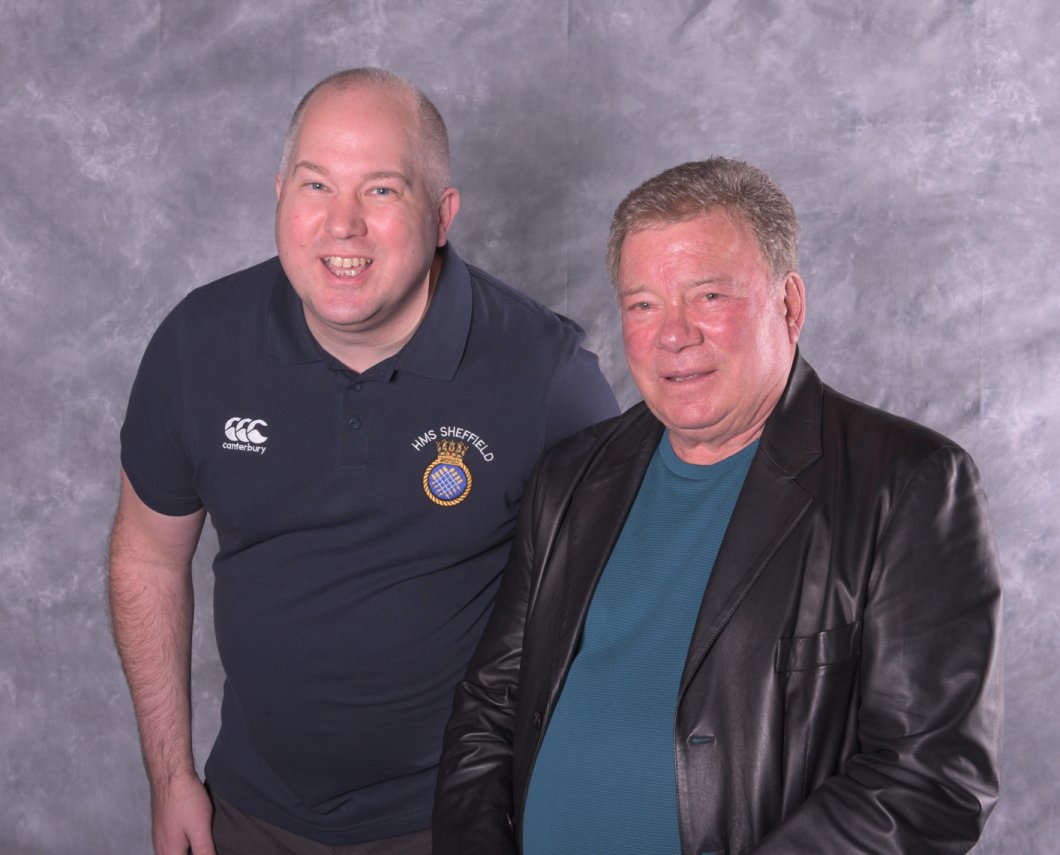
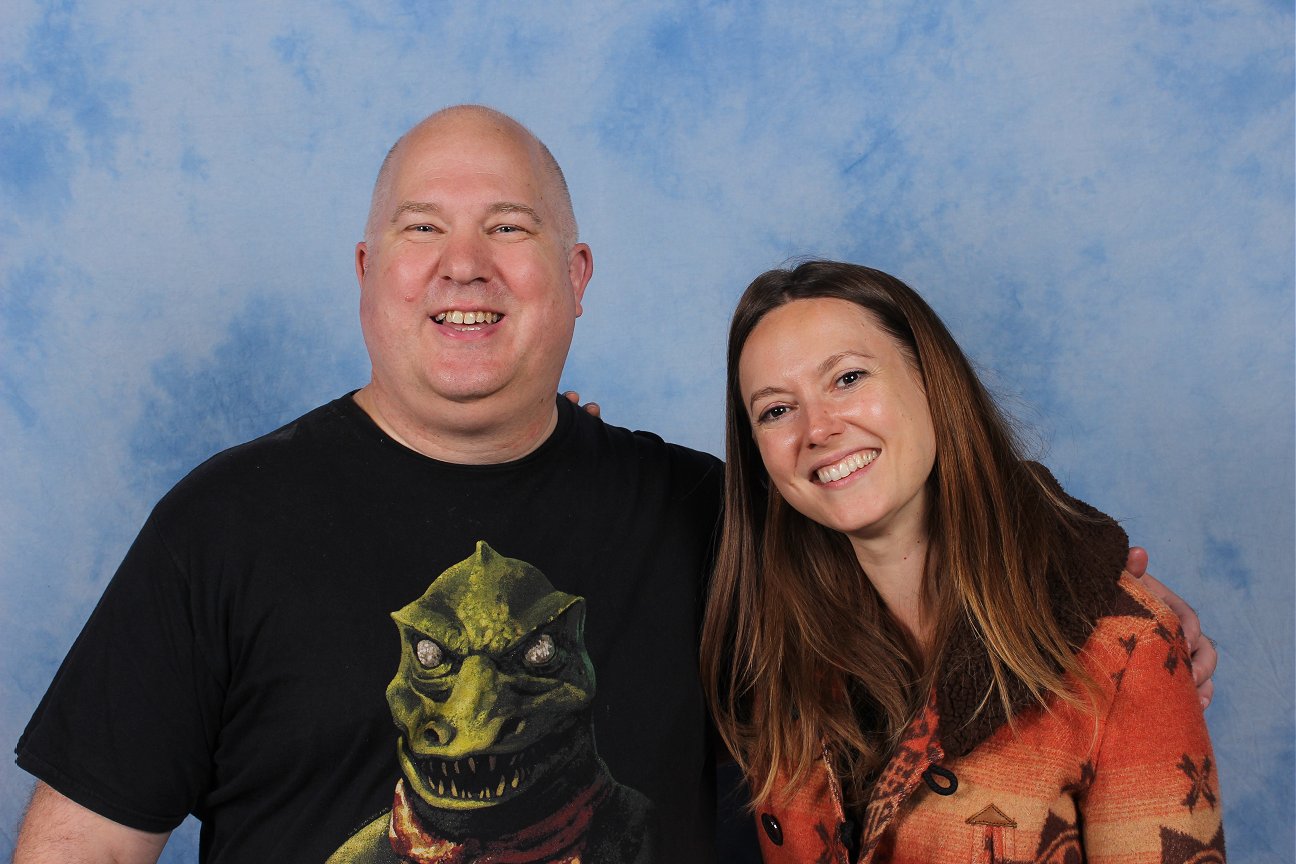
For me, proper Star Trek, with all the 'rules' and ethics that make the series unique, came into bloom in Star Trek: The Next Generation third season. Star Trek (1966) was the seed of an idea and very much three years of work-in-progress, where ideas were used for one episode and blatantly disregarded in the next. It took until season 1 episode 22 of the Original Series, 'Return of the Archons', before the Prime Directive was actually named and cited. Even then, Kirk destroyed Landru and blatantly interfered in the development of that world and its people. Indeed, Captain Kirk and the crew of the Enterprise in the Five Year Mission are actually a BAD example of Starfleet and the United Federation of Planets. In all, approximately ONE THIRD of all life that Kirk and the Enterprise discovered was either DEAD, DESTROYED or irreversibly changed by the visitations of the crew of NCC-1701. Along with Landru, Vaal, the Catspaw aliens, Salt Monster, Mugato, Doomsday Machine, NOMAD, the Farragut Cloud Monster, Space Amoeba, Deneva Neural Parasites, Gary Mitchell, Lazarus, Emotion feeding entity, Redjac, Sargon and Thalassa, M-5 computer, Gorgan, Kalandan and the Zetar entity were all killed or destroyed by the Enterprise crew during their voyages. Three seasons and approximately a third of the species destroyed. Artificial Intelligence was destroyed in almost 100% of the incidents of encountering it, a figure still held to this day in Star Trek Discovery season 2 (Control) and Star Trek Picard season 1 (Data). This isn't exploring strange new worlds and civilisations; it's destroying them. Hardly statistics for Starfleet to be proud of. The TOS five-year mission saw Apollo vanish, Eminiar VII diplomacy with Robert Fox after threatening to sterilise the planet, Earth 2 with Miri changed forever, Triskelion freed by the actions of Kirk, Stratos societies merged together and Neural perhaps the worst case of Prime Directive abuse in the whole of Star Trek. Arming another bronze age tribe to match those armed by Klingons is like citing two wrongs make a right; they never do. First contact by the Farragut in 2254 should NEVER have happened. Where in the Original Series there were conflicts between nations, or issues that were not resolvable, the regular answer was neutral zones or quarantining the planet. In the case of Talos IV, a death sentence was imposed. Not really a law that reflects the 'evolved sensibilities' that Jean-Luc Picard spoke of in TNG: 'The Neutral Zone'. In The Animated Series episode 'The Slaver Weapon', by Larry Niven, Starfleet is depicted as having created a de-militarised zone around the Kzinti homeworld and Starfleet has disarmed the aggressive species. Again, a flagrant disregard for the sovereign rights of a sentient species, a breach of their right to develop along their own path and imposing Federation rules on them. A clear trashing of the Prime Directive on all counts. Even if the Treaty of Sirius was drafted in Archer's Time (as was intended in Season Five of Star Trek: Enterprise, this treaty would be unenforceable with the starships and technology of Archer's time and certainly unthinkable and unethical by the codes of Starfleet and the Federation of Pike's time in Star Trek: Discovery. TOS was written before the age of Apollo 11, Viking, Voyager and other space probes that have influences TNG, DS9 and the rest of Star Trek. The Star Trek movies are there for Summer blockbuster entertainment; their adherence to the ethos and spirit of Star Trek is often questionable.

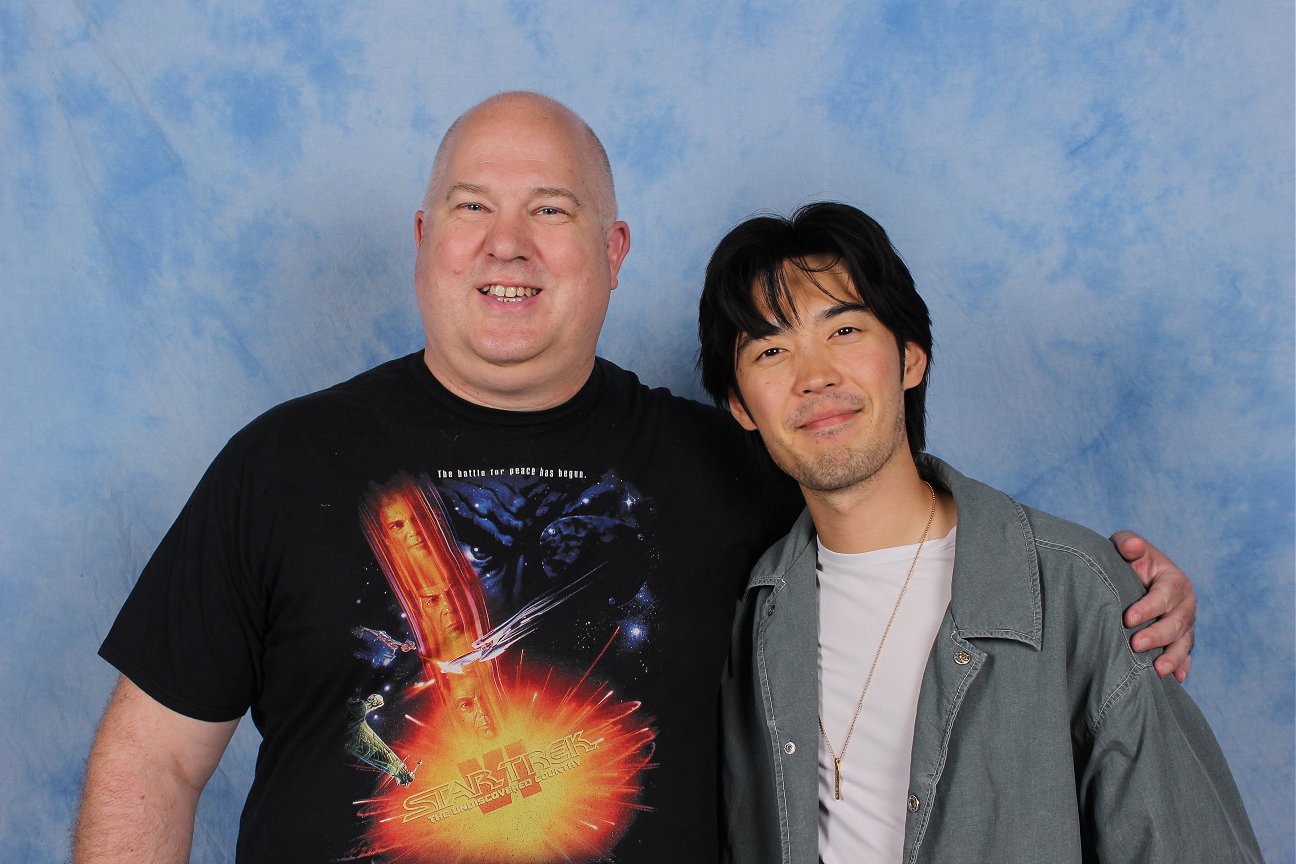
For me, Star Trek is about exploring new worlds and new civilisations, not contaminating them with technology or ideas, UNDERSTANDING that life on THEIR terms, even if we don't agree with them. To paraphrase Jean-Luc Picard in Star Trek: Insurrection, who are we to decide the next course of evolution for other species, whether in terms of culture, ideas, laws or technology? The PRIME DIRECTIVE is there to stop this, and I feel there are for too many clauses hinted at for not obeying General Order Number One. Readiness for First Contact is readily described as having warp drive technology; it seems to ignore whether the form of life has the cultural and ethical readiness to match. Time and again in history, humans have developed technology without the ethical wisdom for using it (atomic bomb being the most obvious one in recent history). For me, the vital importance of the Prime Directive is in RESTRAINING us from interfering in the development of a culture or passing judgement on it from our own perspective. Ultimately, if a species has warp drive and is, for example, Space Nazis, then we tell them we're the Federation, this is our space from this border and we'll be happy to make contact with you once you've developed away from fascist dictatorships. It's ironic that the Vulcans interfered with the development of human culture after warp drive and Cochrane; by the rules and letter of the law of the Prime Directive, Federation starships would be banned from contact or cleaning up the post-atomic mess of Earth 2063. The Original Series of Star Trek also had far too many guest 'Craptains' and 'Badmirals': characters added to be baddies or commit an offense to make Kirk and the Enterprise crew look good. This even carried on to Captain John Harriman of the Enterprise-B in Star Trek: Generations. A young Starfleet officer good enough to be made rank captain of the Federation flagship suddenly becomes as useless as a cadet in a crisis? Poor writing, IMHO. You should never make a character look good by making their opponents or peers inept or incompetant; a good character is defined by the equally good or better peers or opponents that they aspire to equal. Finally, in all things in life, we all make mistakes. Poor judgements, a bad call and the like. Star Trek should consider the repairing and mending of such issues. This was hinted at with 'specialists' beaming down after the destruction of Vaal and in the case of post-Landru. No doubt Nathaniel Hawkins would have read about, and indeed participated in, cultural observations and repair missions such as these.
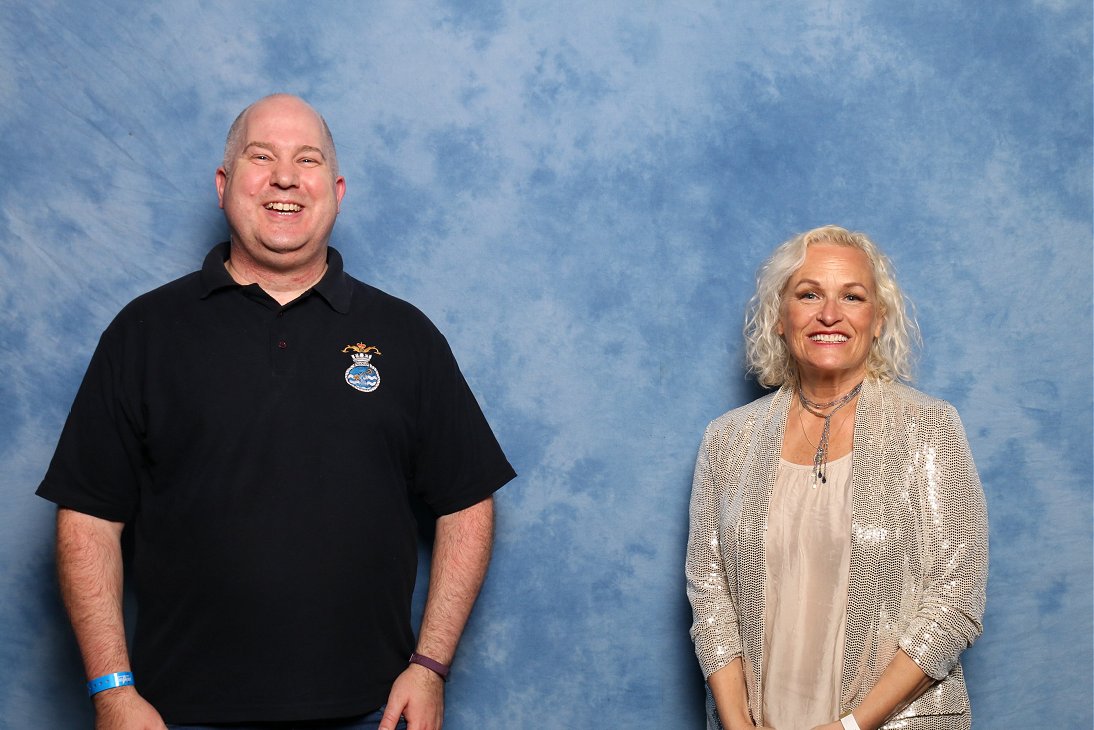
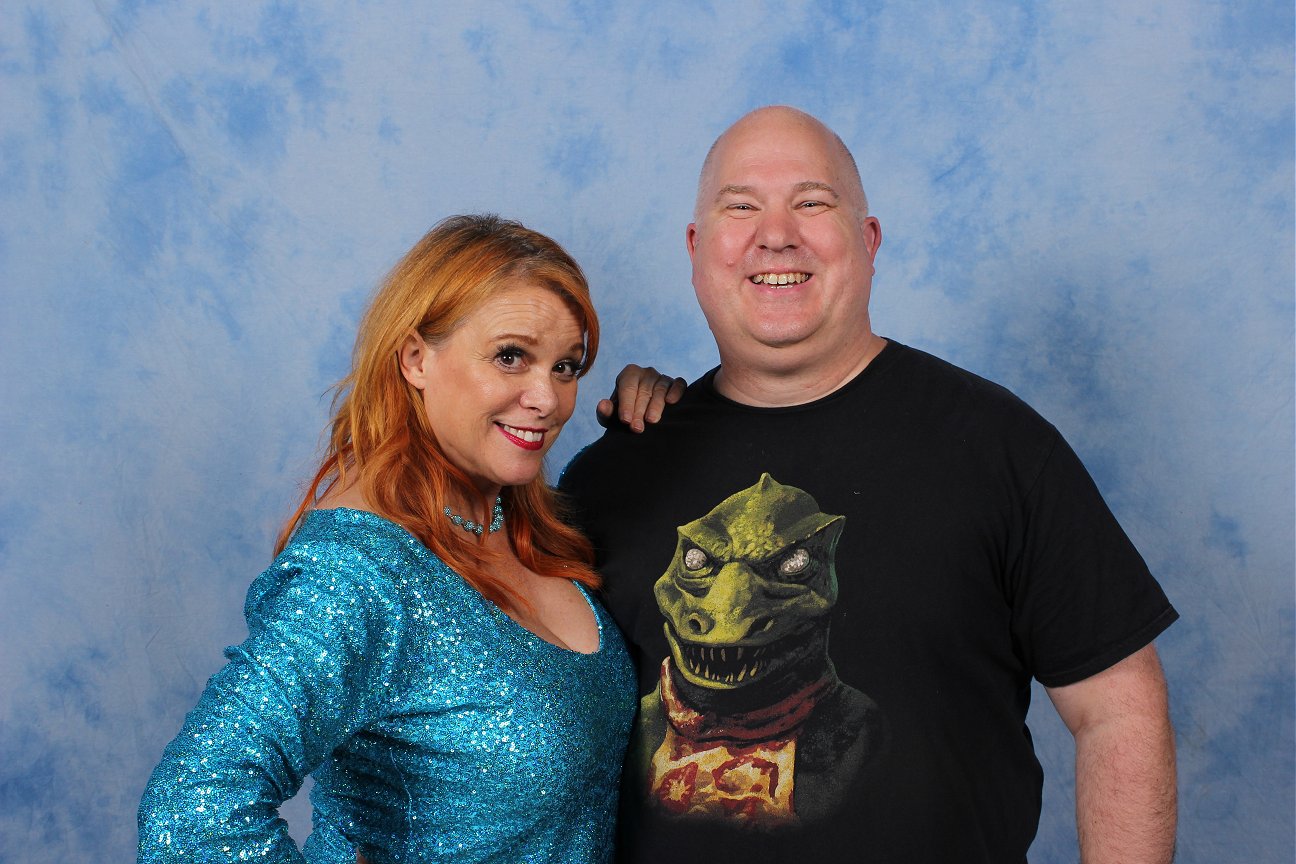
The Original Series of Star Trek was truly a product of its time: firm-jawed heroes and swarthy villains, guest life forms that were labelled 'monster' or 'creature' to define them as the enemy, as opposed to giving them just their species name. Like Batman (1966), it was there to define for the viewer who the hero or villain was. Today, it is about taking life on face value as being something to embrace as diversity in the Universe. Starfleet isn't here to pass judgement on a species, rather to study it in cloaked hides or from starship sensors, making contact WHEN APPROPRIATE after cultural experts have studied the situation as best as possible for potential consequences; this should be done thoroughly and yet discreetly. Carefully. Thoughtfully. You don't have a second chance at a first contact. There are plenty of historical examples with Captain James Cook, Cortez and Christopher Columbus where this didn't always go well. The repercussions can go on for centuries, as the examples of the Native Americans, Abourigine, Inuit, Sami and Maori show us. The 'Black Lives Matter' riots of 2020 showed that Earth history has to be reframed, owning and learning from the mistakes of past history; slavery, racism and privilege needs to end if everyone is to be equal. Star Trek needs to show enlightenment and intelligent solutions. Star Trek needs to study the geopolitical situation on a world from ground level, with the Prime Directive looking at warp drive, interstellar knowledge and unified governments (good indicators in themselves), this misses off the racism, bias, class systems and other social issues that might exist on the street, away from the politicians and leaders. A civilisation and culture is the people, not just the leaders. Additionally, don't take cultures on face value; a Klingon or Romulan warship crew and command structure don't necessarily reflect the views and culture of the people living on the home world.
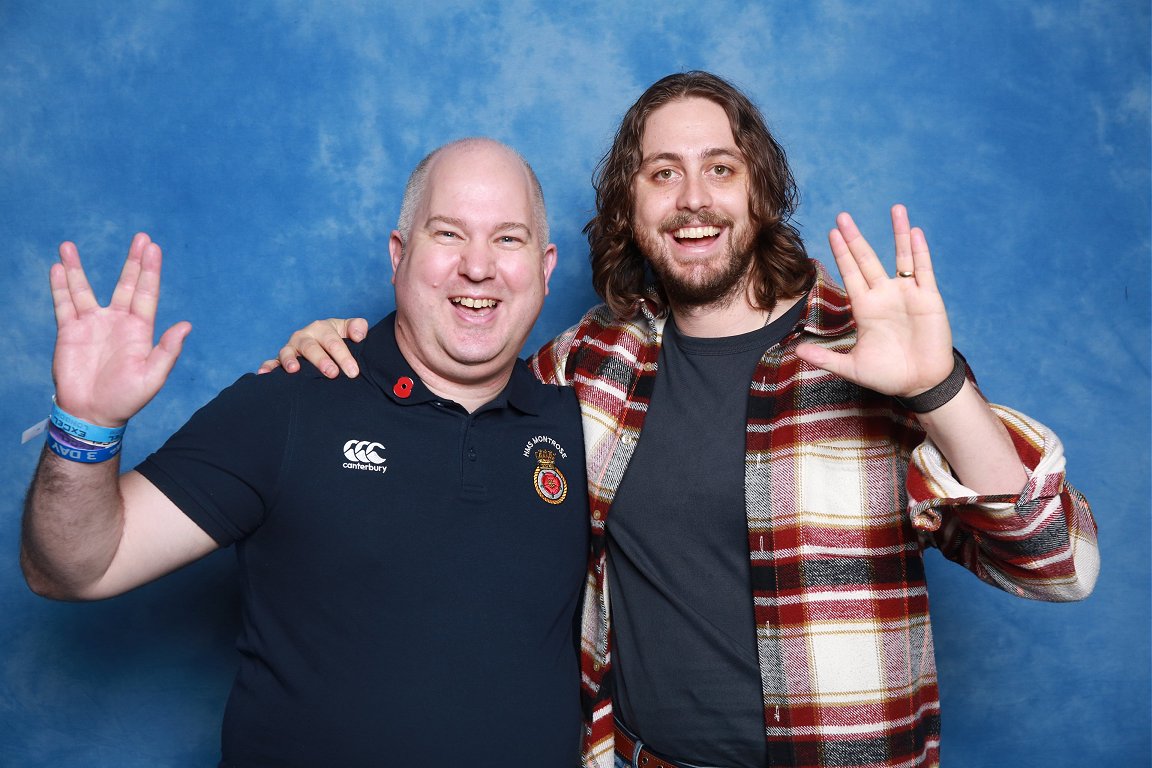
Star Trek (1966) was written in light of the latest conflicts, the Korean War (1950) and the then-ongoing Vietnam War. The Romulan and Klingon Neutral Zones are straight from the Korean de-militarised zone. TNG, DS9, VOY and ENT were from a time after the end of the Vietnam War (1975), the time of the Gulf War 1 (1990) all the way up to 9/11. As mentioned in the DS9 documentary What We Left Behind the viewpoint of Bajorans being freedom fighters/ terrorists and the events of TNG 'The High Ground' would be seen in a vastly different light. Lastly, Star Trek: Discovery and Star Trek: Picard are from a time after the long wars in Afghanistan and Iraq (Gulf War 2), with a legacy felt up to today. This was where, finally, the strategists saw the social links from the last conflict to the latest; from the acts of the past igniting the flames for the eventual inferno down the road. From Western arrogance of fighting with a view to 'winning', no matter the cost; a model of war from caveman to recent, to understanding, learning through pain and loss and the dragging on of the conflict in Afghanistan and Iraq that every action has a consequence. Even a generation down the line. Modern Star Trek needs to reflect those lessons. To understand others in their terms, to see how THEY view US and how interacting with them will affect BOTH sides. In Gulf War 1 briefing, President George H W Bush wasn't aware that there are more than one doctrine of Islam. A lesson learned for winning in Iraq and rebuilding the nation after Gulf War 2. Same progress for the Universal Translator. Babelfish ® TM can translate from one language to another. Within 300 years, the sentient system will be able to examine the whole of one language with all of the others on record, then correlate them to create a profile and map relations between languages. Put simply, the UT would have told Kirk and co that Romulan languge is closely related to Vulcan and closer still to Debrune. Not only would Kirk know the Romulans were related to Vulcan, he could map their diaspora linguistically. The Original Series up to Voyager hadn't mapped the back-history of the Federation and exploration. This was filled with ST: First Contact and ST: Enterprise. The latter even mapped out the dates for warp 2 (2143) and warp 5 (2151). This then fleshes out the historical expansion of the Earth Starfleet, Coalition of Planets and then the United Federation of Planets. This makes things like the Animated Series story of the Kzinti from 'Slaver Weapon' need to be amended to make sense in view of ST: Enterprise revelations.
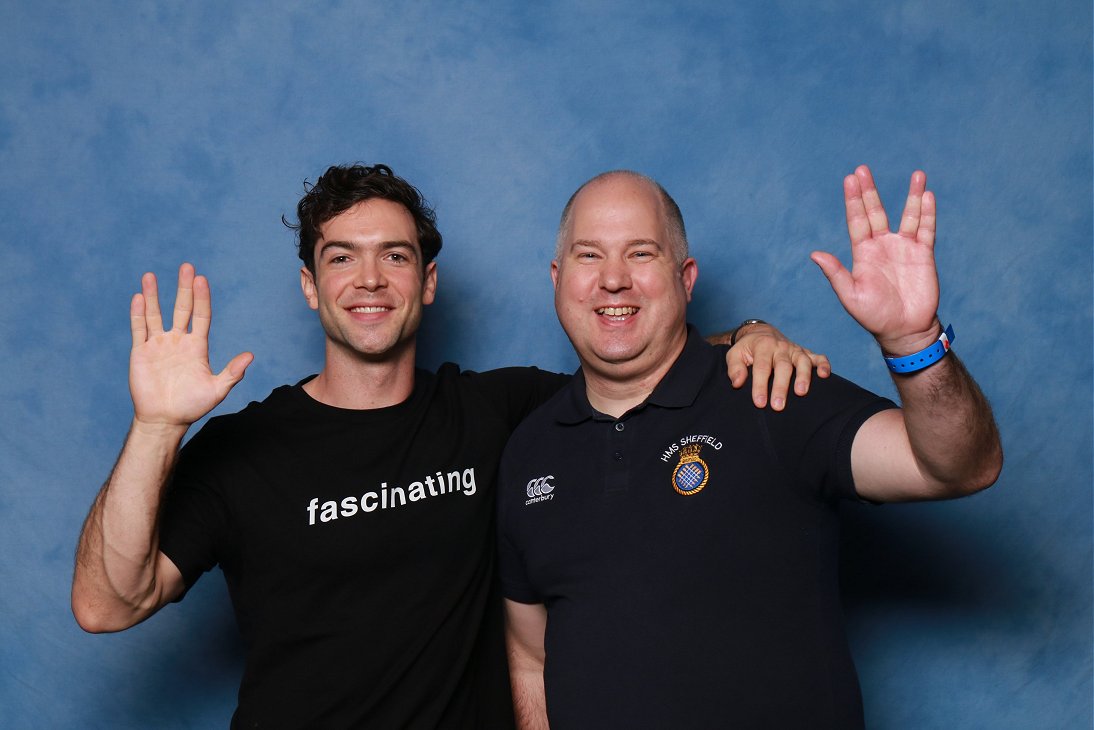
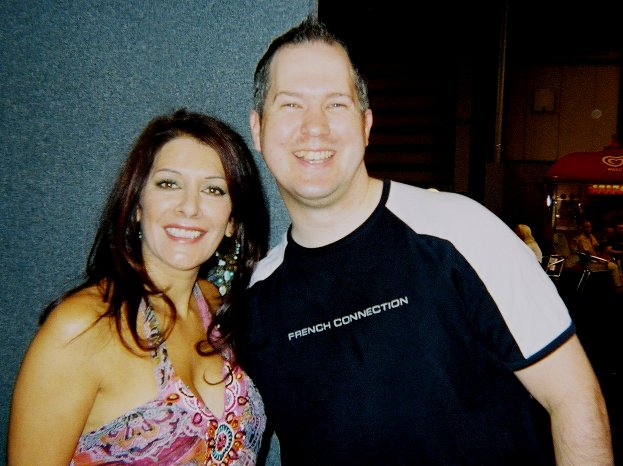
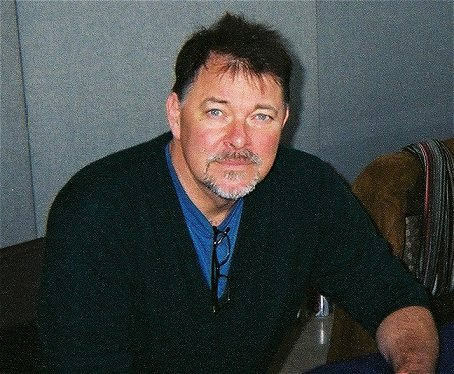
The mission of the Sheffield is to study the Klingon Empire - and the worlds bordering it - in detail; culturally, social scientifically, diplomatically, militarily and astro-politically; to see how the Empire has changed in nearly twenty years and whether the catastrophic collapse Spock predicted on Stardate 9521 shows any signs of happening. On a superficial level, the last 19 years have not quite gone the way Starfleet intended it to; the optimistic start of 2293 soon floundered as the realism of the situation sank in. Some of the Klingon Houses rebelled against the "unilateral declaration of surrender that the the traitor Azetbur signed at Khitomer". The Klingon home world of Qo'noS needs rebuilding after Praxis, but Houses with territories further out have been unaffected by the explosion and are unhappy that their resources are being taken away to rebuild Qo'noS. The war of 2256 - 57 still plays heavily on the Federation and the pseudo-militaristic attitudes of Starfleet are taking time to remove. Admiral Hikaru Sulu, the previous Starfleet Commander-in-Chief, made great progress in reviewing Starfleet and directing it back to the great mission to seek out life and explore, discover and learn from the universe and the life that resides therein. His successor, Irina Khmelnova, will follow this up and set the course of Starfleet to explore the final frontier.
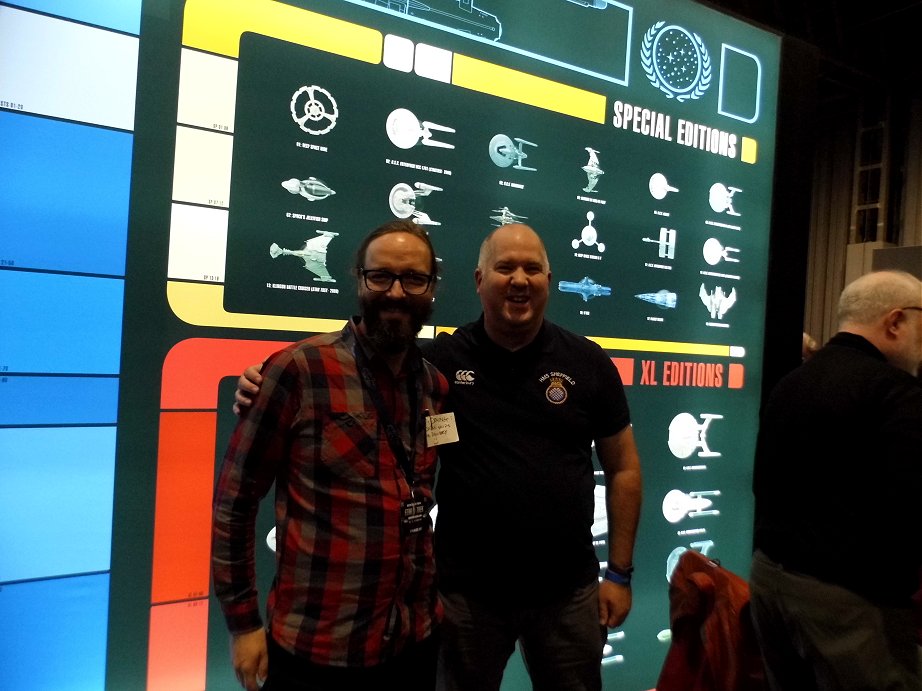
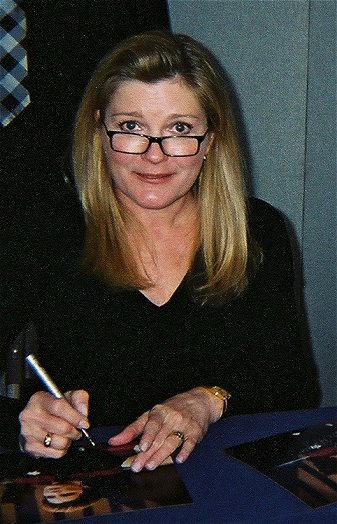
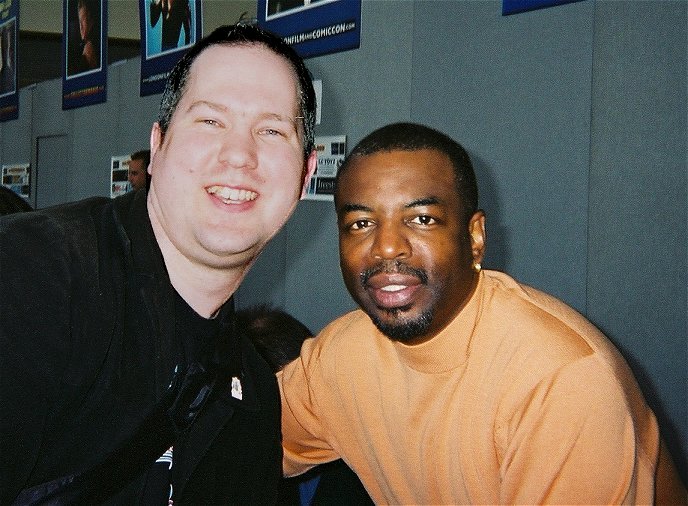
Applying Gene Roddenberry's vision, with inspiration from movies such as Arrival (2016), Avatar (2009) and television series such as David Attenborough's series Planet Earth II and Blue Planet II (2017),Will Smith's National Geographic series One Strange Rock (2018), Leonardo DiCaprio's Before the Flood (2016), Al Gore's An Inconvenient Truth (2006) and An Inconvenient Sequel: Truth to Power (2017), Steve Backshall's Expedition (2019) and CBS Paramount's Star Trek: Discovery (2017), this is a re-imagining of Star Trek focussing on exploration, diplomacy, discovery and hope that sometimes has become lost in the Star Trek movies through the pressure for a summer blockbuster action movie. Equally games, both tabletop and computer, have to match up to the values of Star Trek; if the solution to the game is to shoot and destroy, rather than to explore, think, talk diplomatically and negotiate then it is NOT Star Trek. We're here to discover and learn, not to kill or destroy. This is about remembering what made Star Trek different to the other science fiction movies and TV series: hope, optimism, exploration and discovery, looking, listening and learning, negotiating and NOT shooting weapons, defensive and NEVER offensive; explorers, scientists, diplomats and the coastguard first and soldiers last, when there are NO alternatives left.
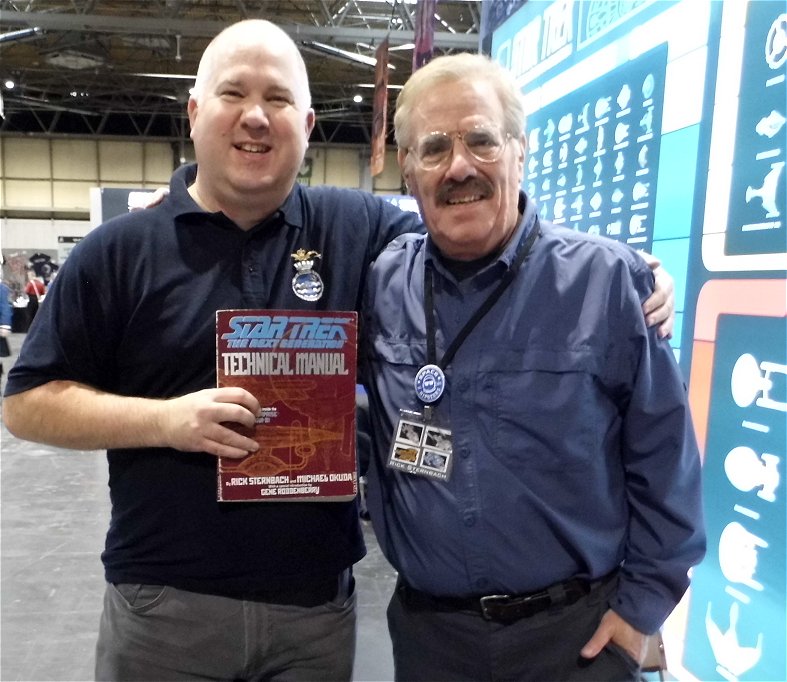
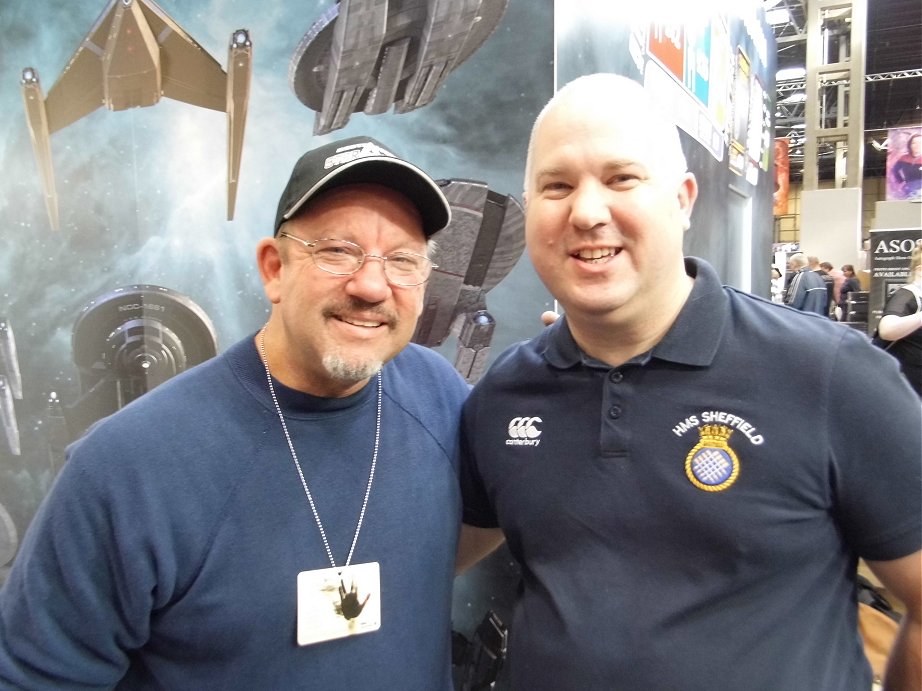
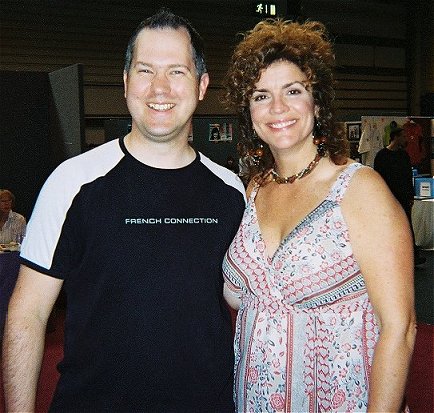
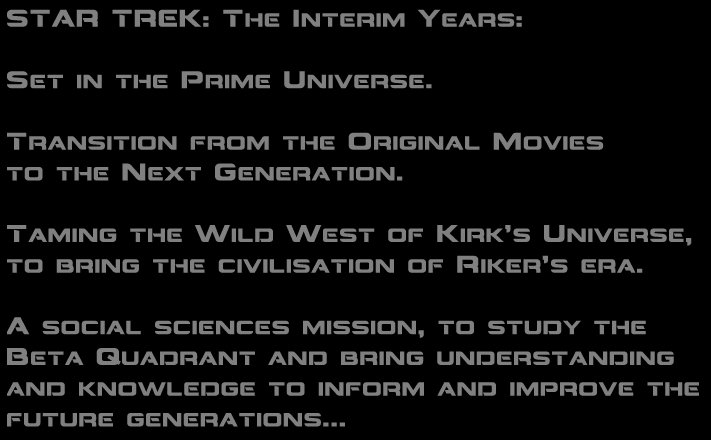
There are four generations from Kirk to Picard: Hikaru Sulu followed on from James T. Kirk, learning from the lessons of the 2260s and 70s, John Harriman was the young Kirk contemporary from the 2280s who commanded the Enterprise-B before the nineties legacy of Demora Sulu and Nathaniel Hawkins. Next will come the generation of Jean-Luc Picard and finally the young Will Riker in the 2350s. Each generation learns from the last and passes on the lessons from 'Cowboy Diplomacy' and quick-draw phasers of the Nicholas Meyer, Leonard Nimoy and Harve Bennett movies up to the opening events of Gene Roddenberry's Next Generation: Encounter at Farpoint and the diplomacy of Captain Picard.
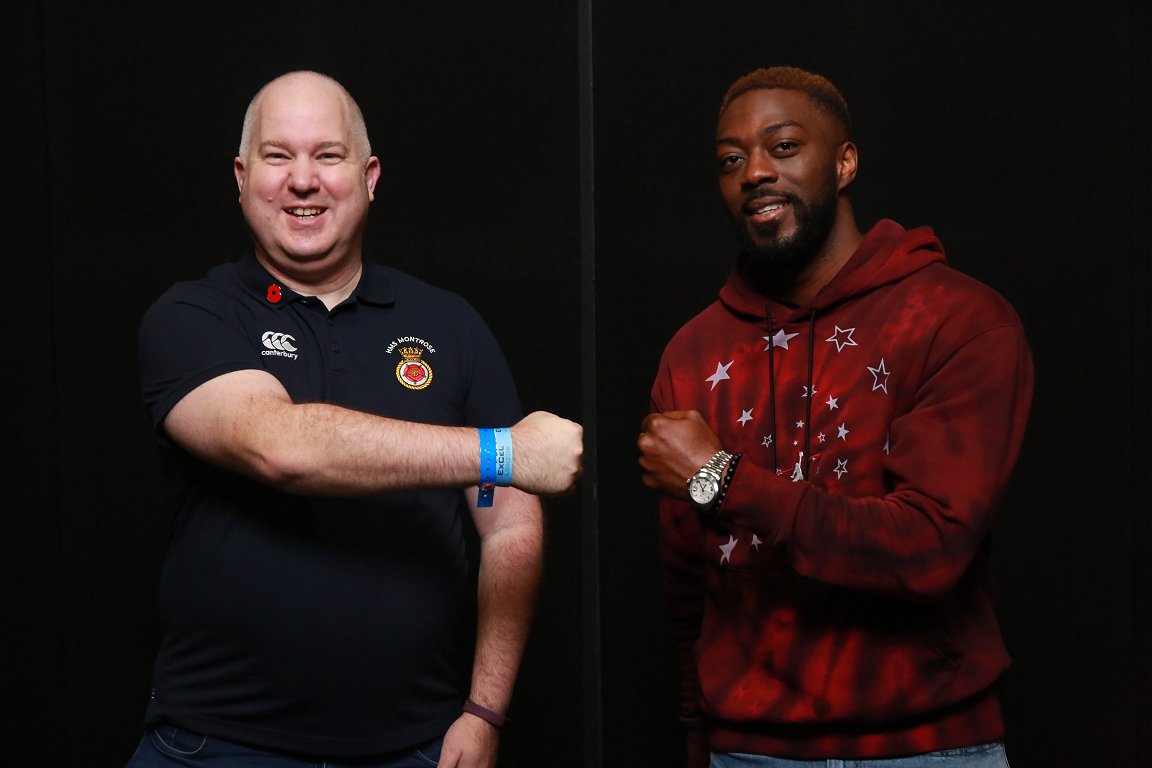
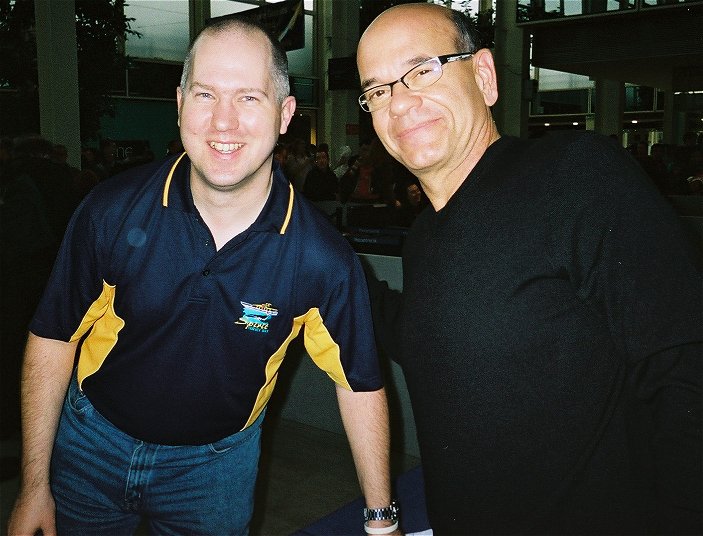
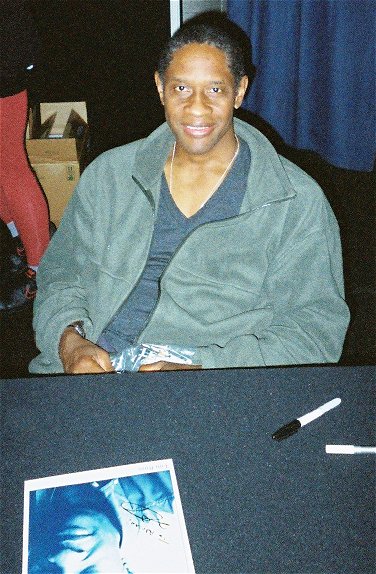
Star Trek: The Interim Years uses the latest developments from Star Trek: Discovery; the richness and diversity of the Klingon Empire and its people, the re-imagined other races of the Federation. Seeking out new life is very different to how it's been portrayed in previous Star Trek series and movies: Life is a rarity in the universe, complex life is even more rare and intelligent life - well that's the rarest find of all. All life is sacred. All Starfleet personnel are passionate about their field of expertise, whether it is artistic, scientific, engineering, medical and protecting its people. Every member of Starfleet is a tool in the toolbox of trying to solve the mysteries and puzzles of the universe. Taking into account great books like Deep Life: The hunt for the hidden biology of Earth, Mars and Beyond by Tullis C. Onstott, Goldilocks and the Water Bears: The search for life in the universe by Louisa Preston and Spaceman by Mike Massimino help shape the Star Trek universe and how it will really be. Not always as it's always been shown.
An average ship with an average crew...
In 1966, Star Trek had a diverse, human, crew with an 'outsider', Spock who'd talk about humanity from an independent view. Rick Berman brough the 'outsider' model to TNG with two crewmembers: the Klingon Worf and android, Data. DS9 had Quark, Jadzia, Kira and Odo, making it a much more representative cast. By Voyager we have Tuvok, Neelix and Kes (for three seasons) then Seven of Nine. Enterprise (pre-Federation) was back to a Vulcan, with recurring aliens. I want TIY to reflect the modern diverse world we live in. You walk down the street in Leeds, Sheffield or any other city and you'll see white, black, asian, Eastern European, straight, gay, bi and even trans. Modern UK (and other countries) is a culturally diverse place. We need to move on with relating to the person on Star Trek who's the same ethnicity or nationality as the viewer. Now it needs to be that the viewer relates to being the HUMAN, regardless of race, colour, creed or nationality. To some degree, we'll also identify with the aliens. Each different in ther own looks, cultures and beliefs. And no more cultural stereotyping of alien species either. I want to feel the United Federation of Planets vibe from an INTERNATIONAL, MULTISPECIES perspective. Even Hawkins, the white, male captain isn't from Earth. He sees a holistic view of the Federation and tires of hearing about Earth all the time, like a stuck record. Here's to the new chapter in Star Trek!

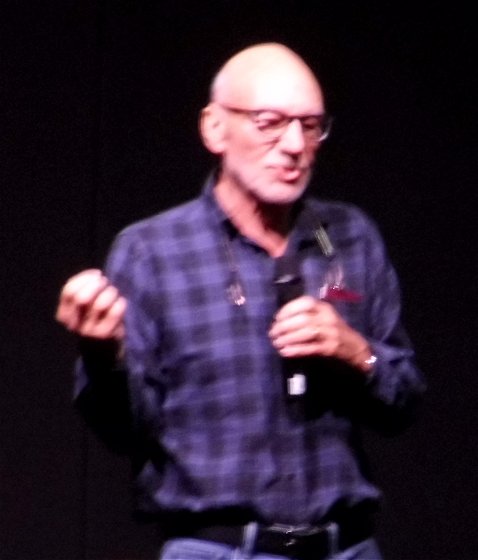

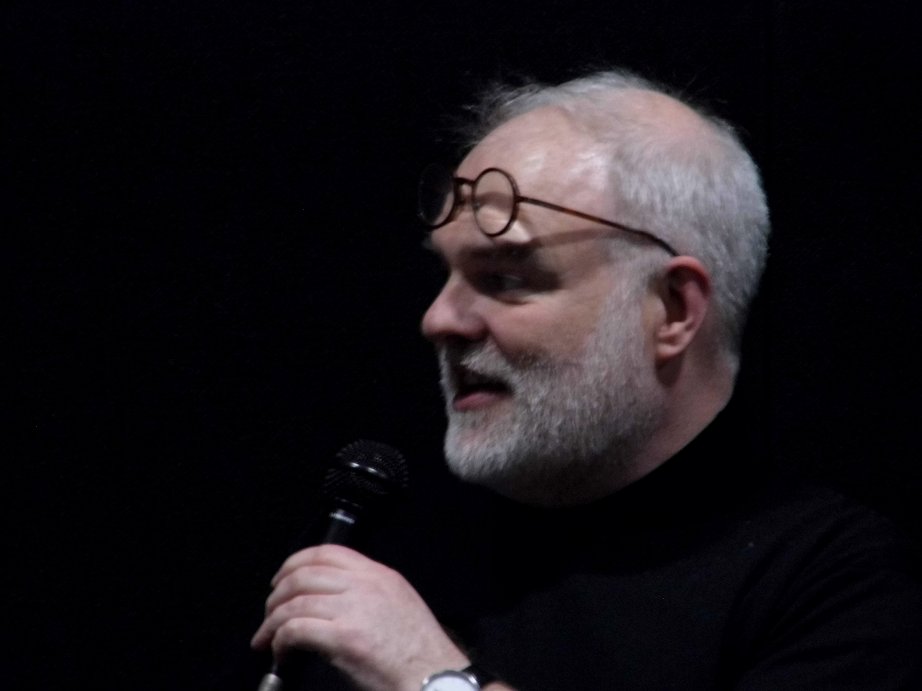
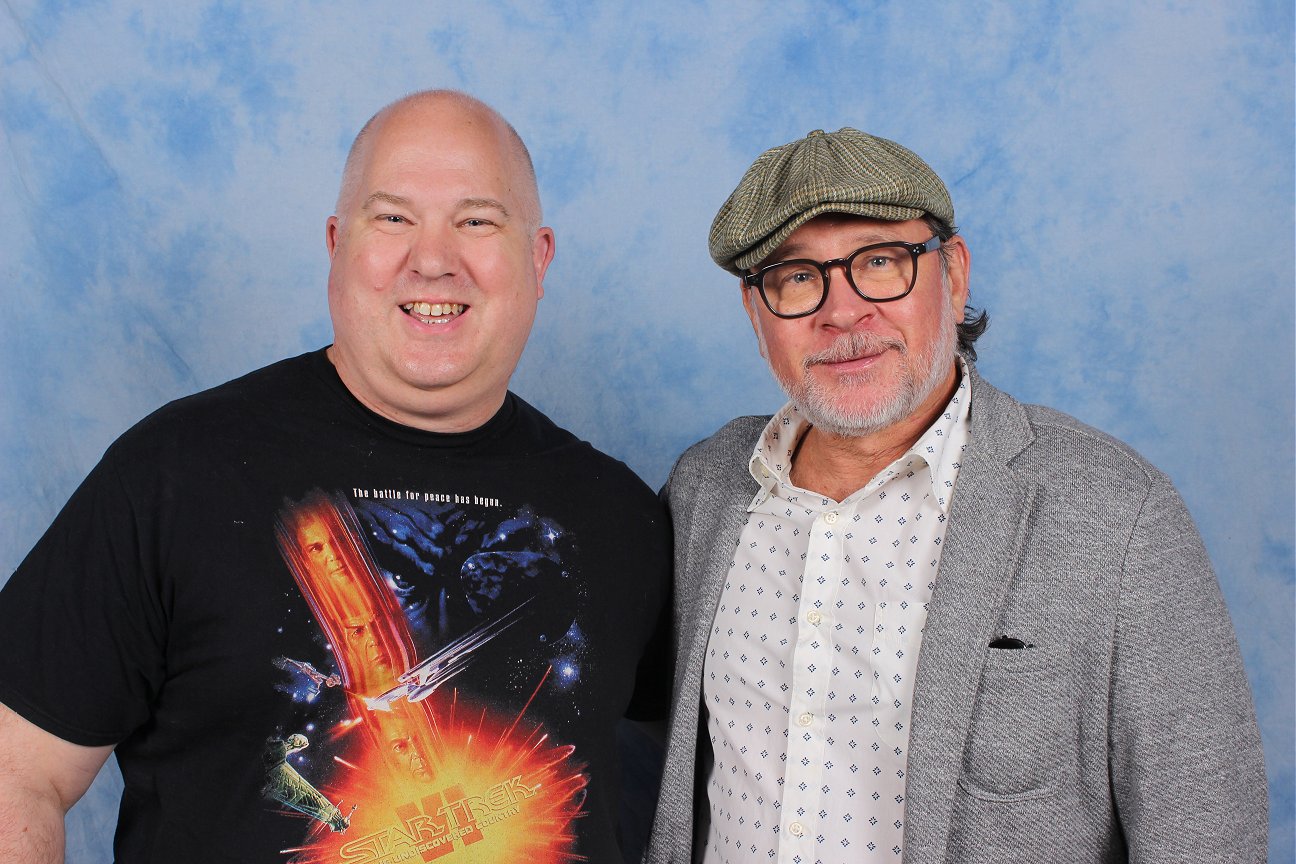
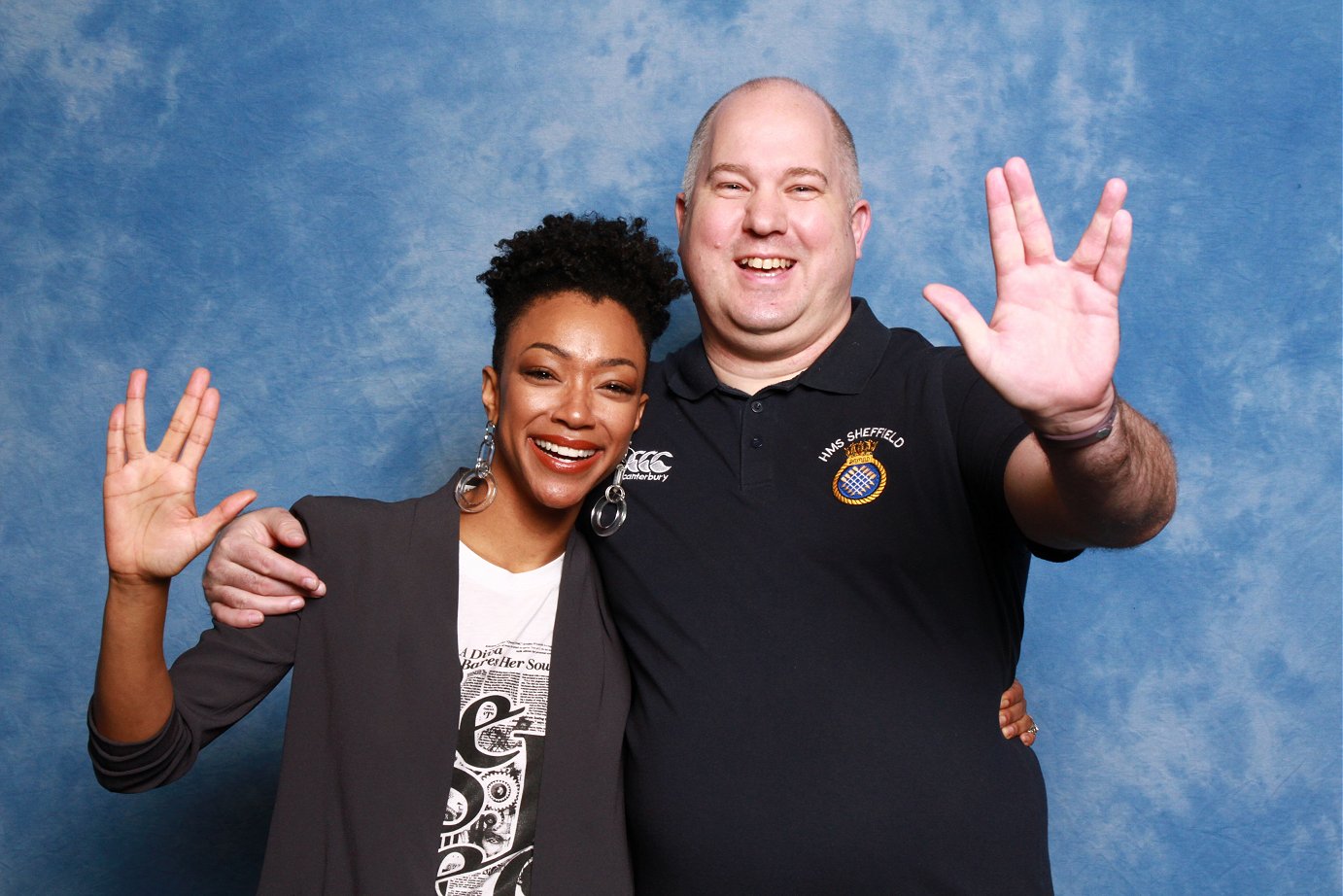
Inspired by the courage and insights of the astronauts and cosmonauts of NASA, ESA, Russian Space Programme, Chinese Space Programme, Japanese Space Programme and the myriad of space probes and missions sent out into space; Mercury, Gemini, Apollo, Soyuz, Skylab, Mir, Mariner, Viking, Pioneer, Voyager, Lunokhod (to Moon), Venera (to Venus), Galileo (probe to Jupiter – 1995 – 2003 including Shoemaker-Levy collision 1994), Juno (to Jupiter), Space Shuttles, Cassini-Huygens (to Saturn), Dawn (to Vesta and Ceres), Chang'e (Chinese Moon probes), Hubble space telescope, Near Earth Asteroid Rendezvous – Shoemaker: NEAR Shoemaker (to near-Earth asteroid 433 Eros), Stardust (to comets 81P/Wild (sample collect), 5535 Annefrank, Tempel 1), Mars Exploration Rovers, Rosetta and Philae lander (to comet 67P/Churyumov–Gerasimenko), Hayabusa (to near-Earth asteroid named 25143 Itokawa), New Horizons (to Pluto), Dawn (to the asteroid belt; the protoplanet Vesta and the dwarf planet Ceres), Hayabusa2 (to near-Earth asteroid 162173 Ryugu) have all given information on the wonders of space that were unknown before the age of Star Trek. For the style of writing I want us all to remember Star Trek is not just a soap opera about the characters of a space ship but it is about SPACE and the WONDERS that are out there. One Strange Rock by National Geographic is my touchstone for this wonder. Star Trek is NOT "Hornblower in space"; that analogy is purely to inspire Summer blockbuster movies. Star Trek is about James Cook and the Endeavour, Adventure and Resolution, about Charles Darwin on the Beagle, Robert Falcon Scott on the Discovery, Ernest Shackleton on the Nimrod, the astronauts and cosmonauts who have gone up in rockets, shuttles and space stations and the exploits of people like David Livingston, Henry Morton Stanley, Richard Francis Burton, Sir Edmund Hillary, Sir Ranulph Fiennes, Robert Ballard, David Mearns and Steve Backshall. This is about the HUMAN ADVENTURE EXPLORING SPACE and OURSELVES, what it means to be HUMAN. Not melodrama or space soap opera.
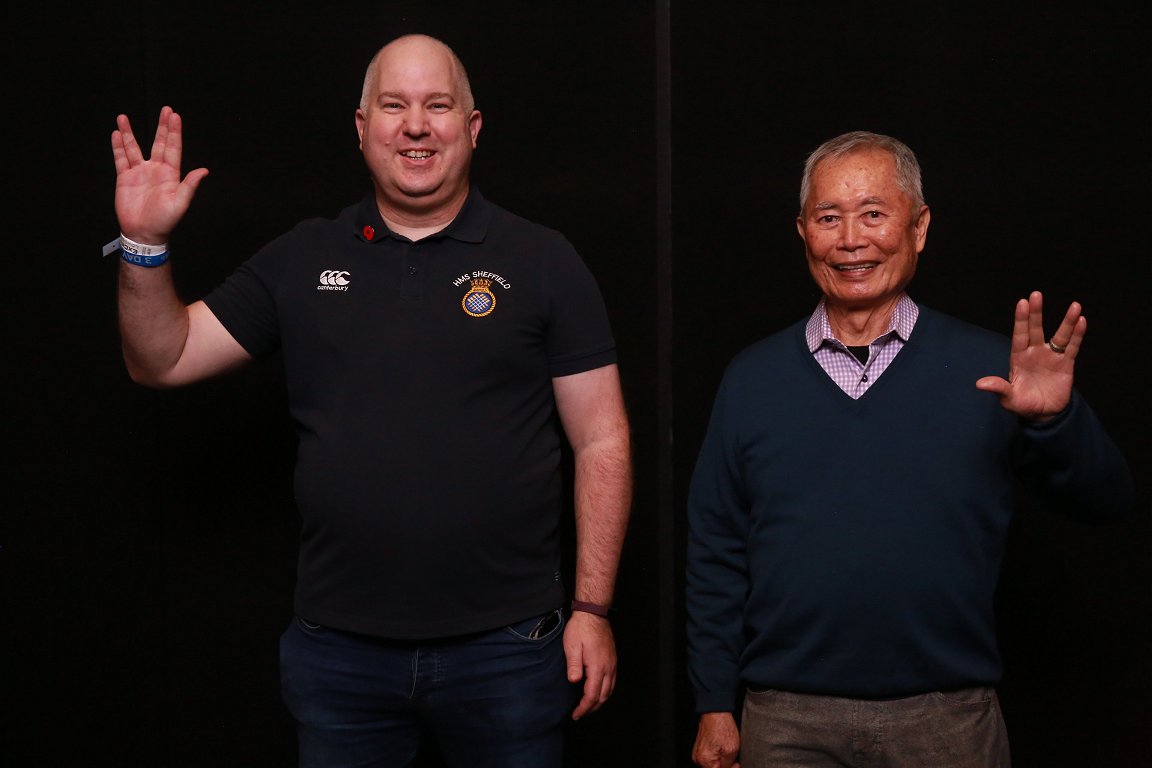
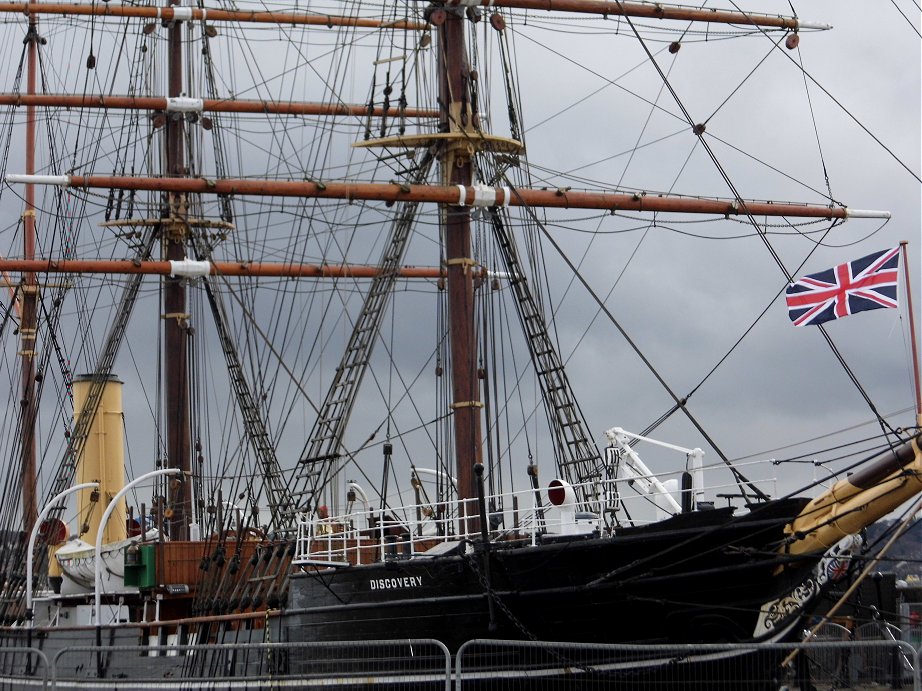
Starship voyages of discovery in the 23rd and 24th Centuries is not like a voyage to the Moon, a space shuttle mission or even time in the International Space Station. This is back to an earlier era of exploration like Christopher Columbus, James Cook, David Livingstone, Henry Morton Stanley, Robert Falcon Scott, Ernest Shackleton and Sir John Franklin; this is the age of boldly going where no one has gone before; beyond the supply lines, beyond the real-time communication limits and any hope of help. You're on your own. If your starship is crippled, you'll literally be years away from help. The starship needs to be self-sufficient in every respect. The pressures, both mental and physical, of voyages lasting five years or more are greater than even the longest duration on the ISS. As with those early voyages of discovery, journeys across the continents or to the poles, there are losses. Every year, starships and personnel are lost in the line of duty. Often the circumstances are unknown; a starship goes silent and only after a probe or other starship gets in range can the fate of the lost ship can be investigated. This is a time of renewed exploration, discovery and learning. The achievements and losses are just as great; the risks are worth it. THIS is what it means to be STARFLEET. This is about the PEOPLE and their COURAGE and CURIOSITY that helps to expand our knowledge and make new friends. What needs to be conveyed in Star Trek is REMOTENESS and VASTNESS of space. These starships are not around the corner from starbases like a petrol station, they are MONTHS or even YEARS away from the main infrastructure of the Federation. You may not even see any colonies or signs of other life for MONTHS. Communications relay-laying is a continuous process along with stellar cartography and planetary reviews. Communications are rarely real-time and the only colonies out on the FRONTIER are small homesteads or mines that have been set up. Small populations and no advanced recreational facilities for crews to enjoy; that's all the propaganda for colonialism and the best entertainment is either enjoying the raw, untamed planet and its occupants, or on the starship you came on. The holodeck is a creation of the late-24th Century and many decades away; even then it's entertainment for a small number of the crew and not entirely a match for REALLY escaping the starship and EXPLORING. LONLINESS and ISOLATION are very real factors out on the final frontier, this is one of the reasons that selection at Starfleet Academy is so rigorous and uncompromising. Starfleet life makes a person very INSTITUTIONALISED; the same daily routine, same activities on the starship at the same time: even the same clothing in the form of the Starfleet uniform. You don't need to think for yourself a lot of the time - especially lower down the ranks. Star Trek Beyond dealt with this with reference to the TV series but it'll be a very real factor. You need the right temperament; you have to get on well with the same people around you day-in, day-out for years. Claustrophobia is also very real on a starship that is small compared to the vastness of outdoors on any planet. Like the Royal Navy, this is why you need SUPPORT SHIPS like the Royal Fleet Auxiliary backing you up and keeping your ships functional. Starfleet will be the same with repair ships, tankers and freighters sent ahead with the explorers to keep them fighting fit and running well. STAR TREK: THE INTERIM YEARS is about conveying the REALISM of what DEEP SPACE EXPLORATION is like; the BOREDOM, the PRESSURES and the EXHILARATION of DISCOVERY. Doing PERSONAL PROJECTS both partly to stave off boredom and keep you occupied but also to create insight into your overall MISSION. The little picture building up to the BIG PICTURE and the multiple LEVELS of operation on the starship.
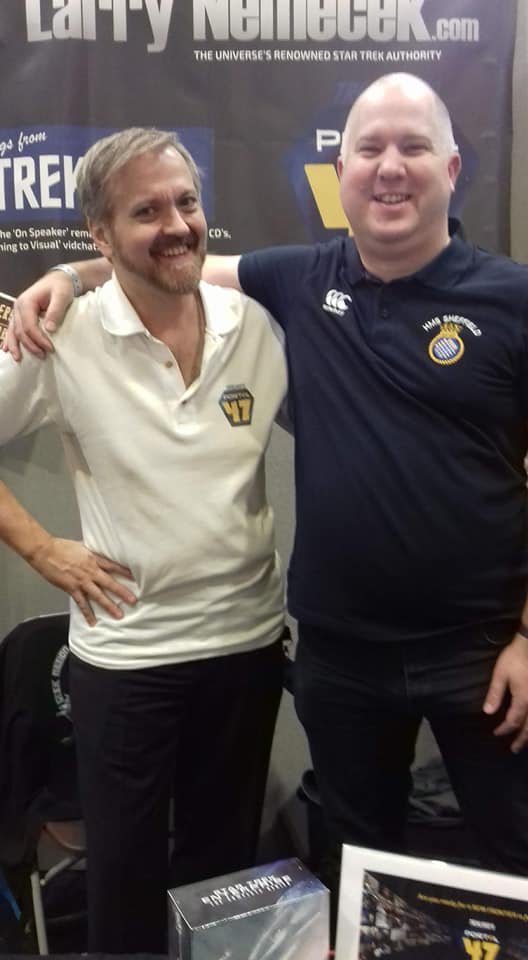
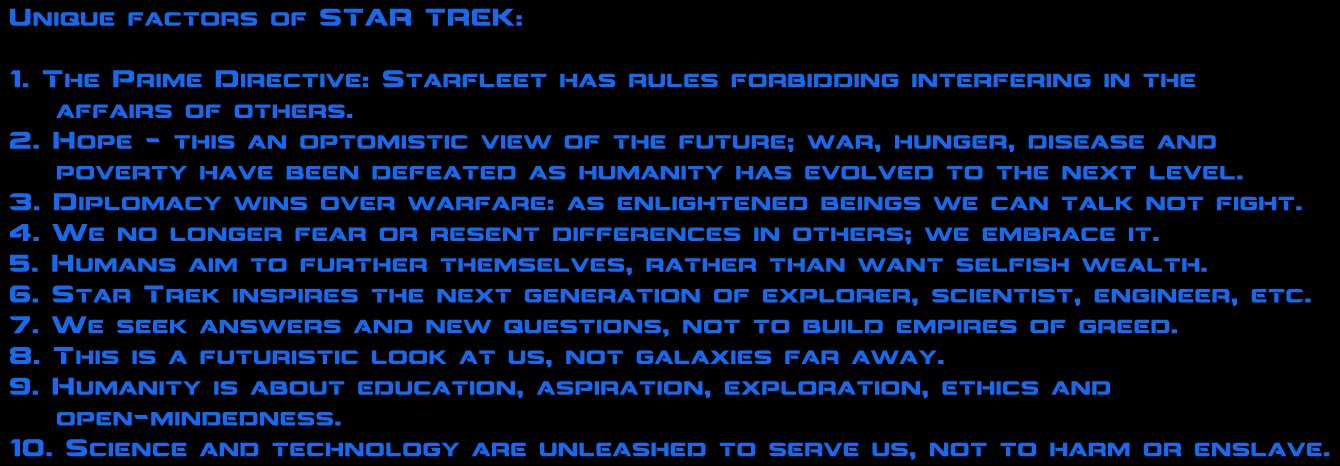
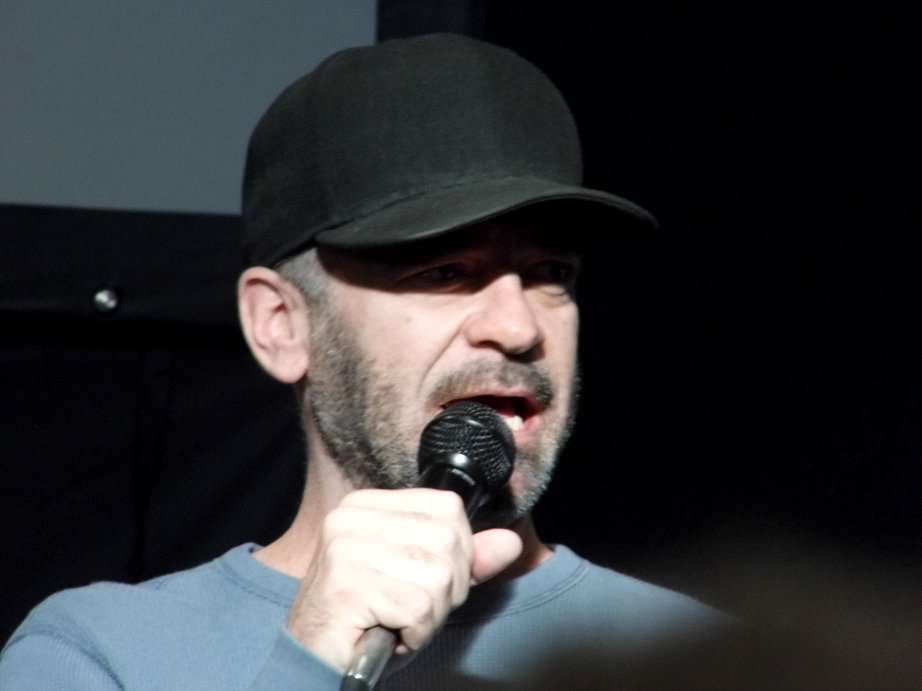
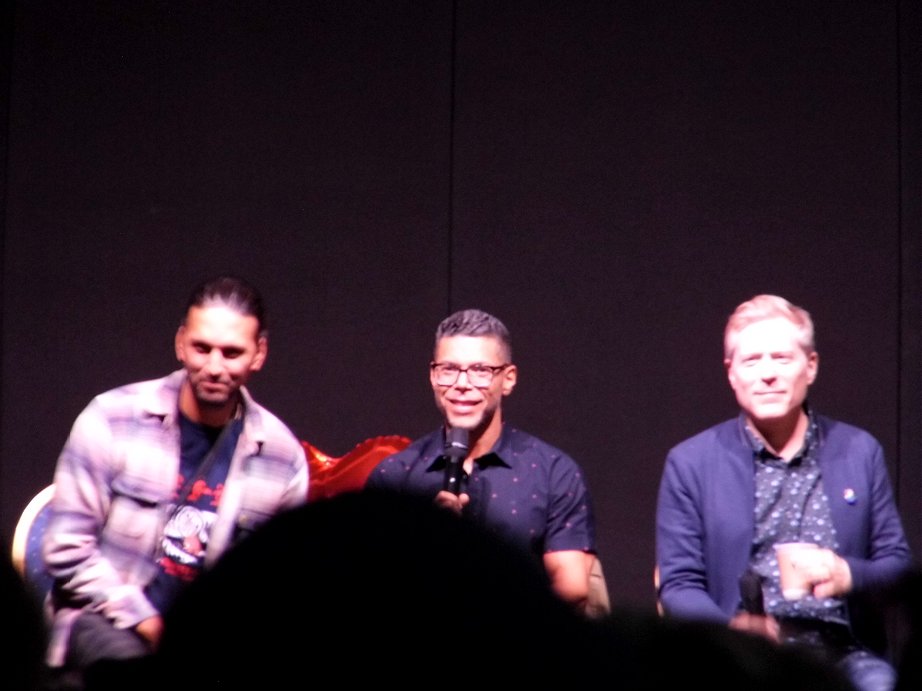

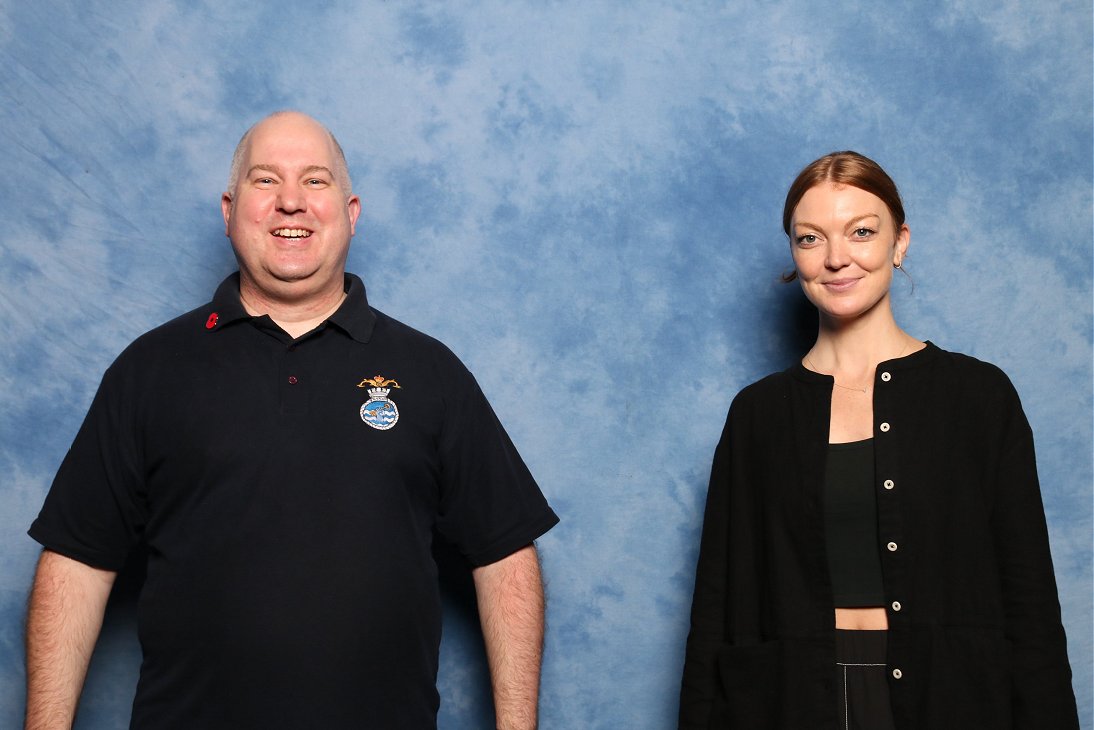
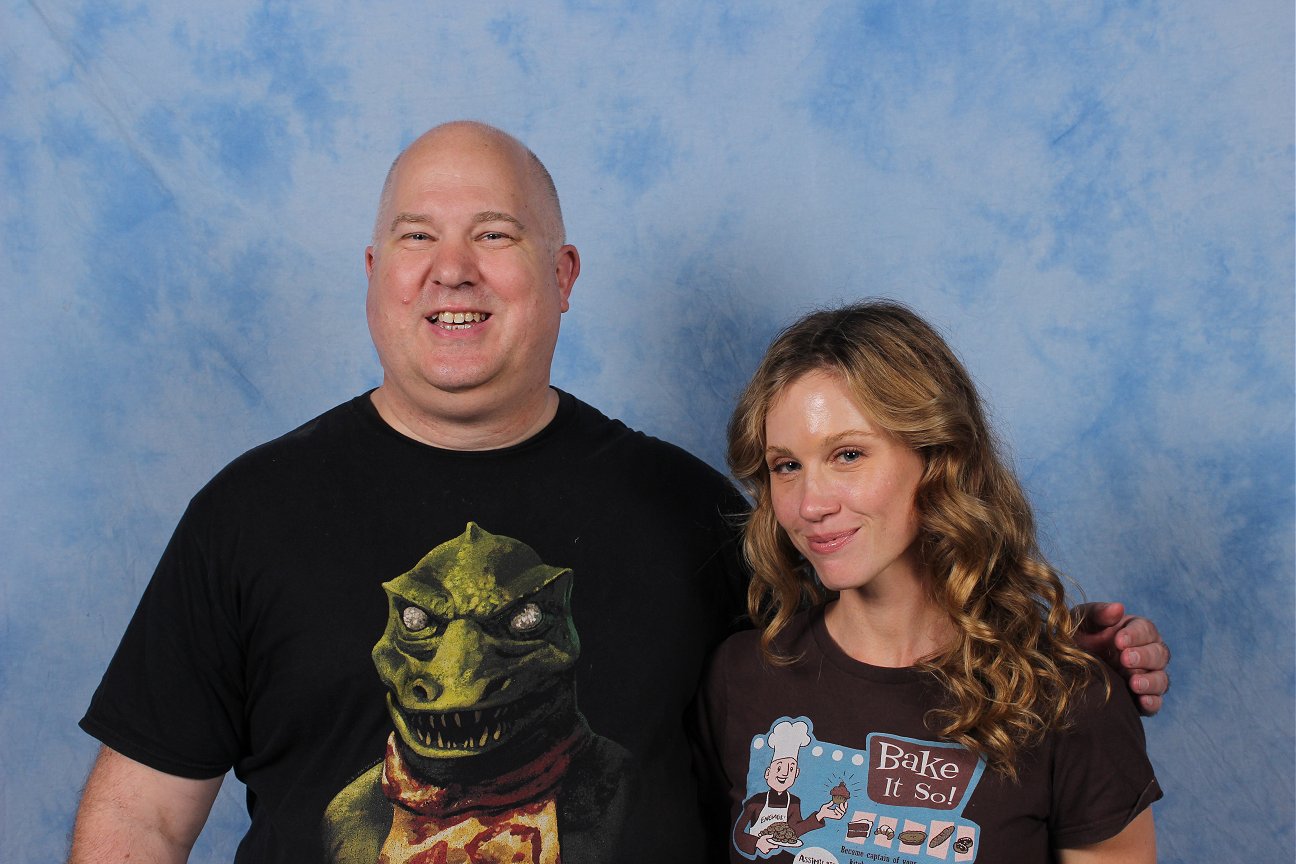
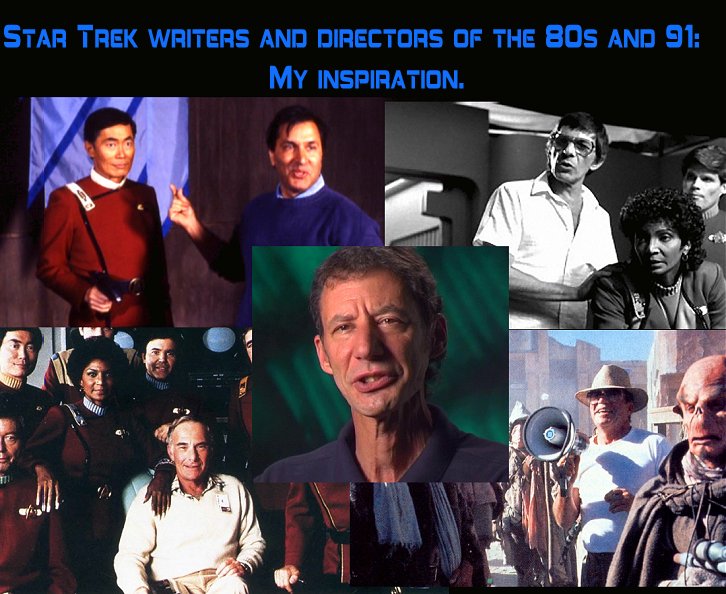
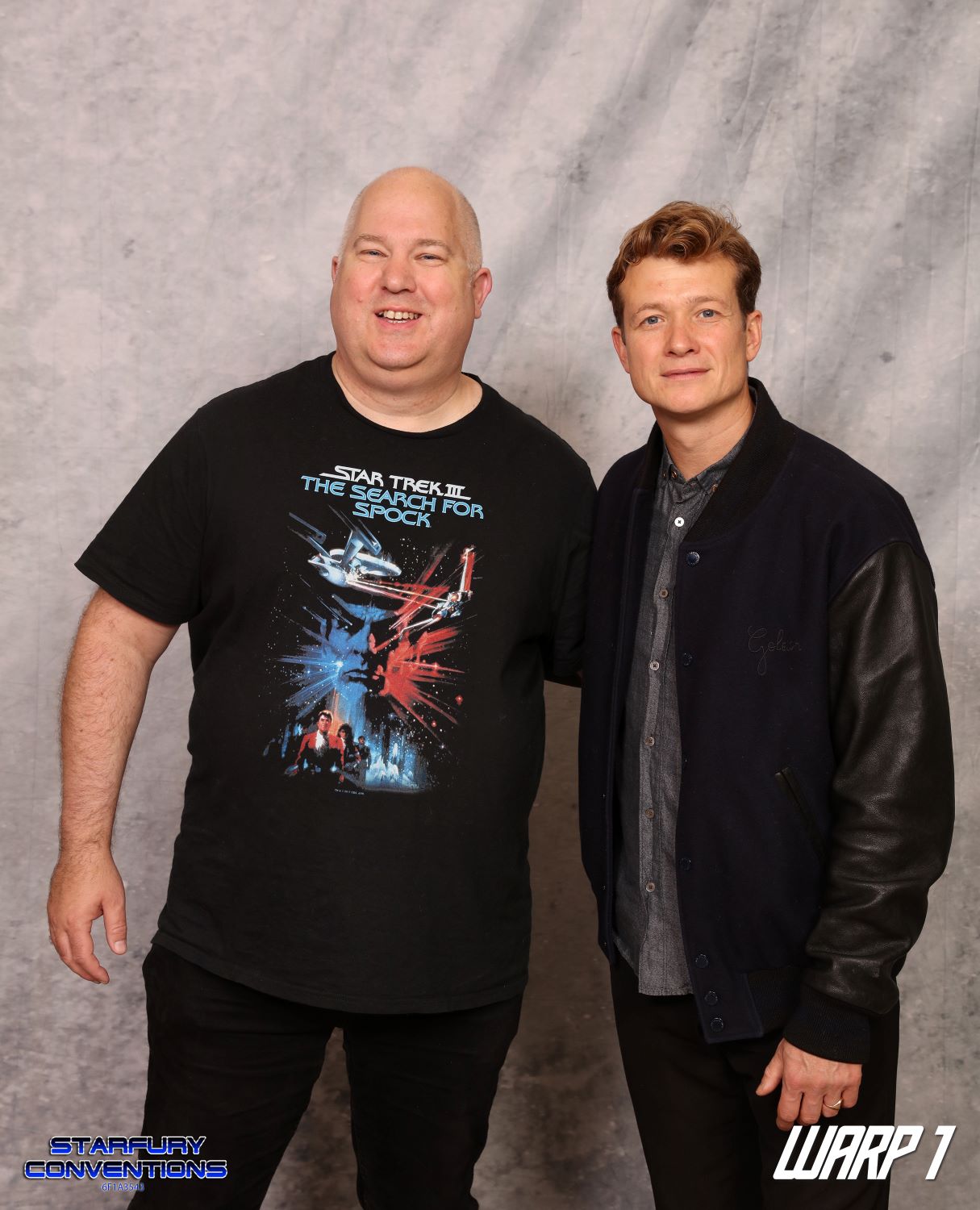
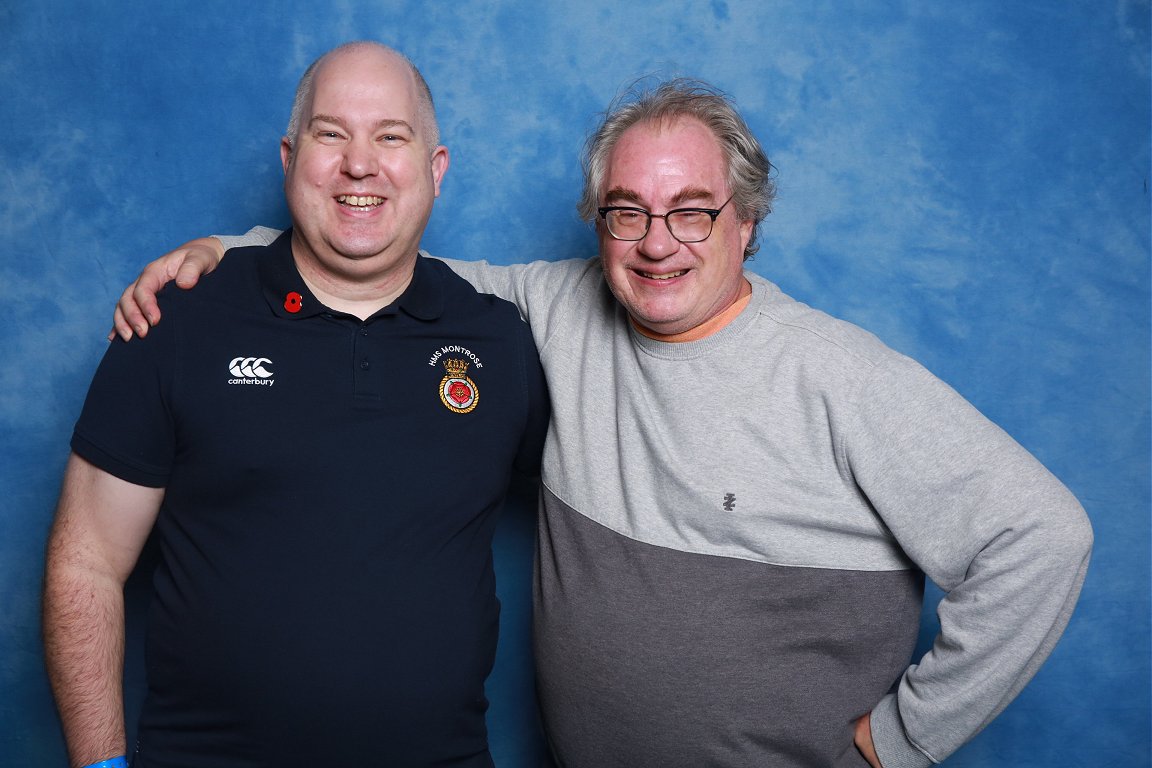
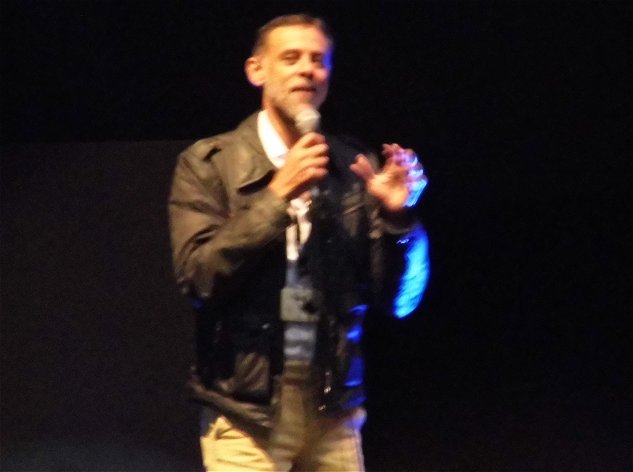
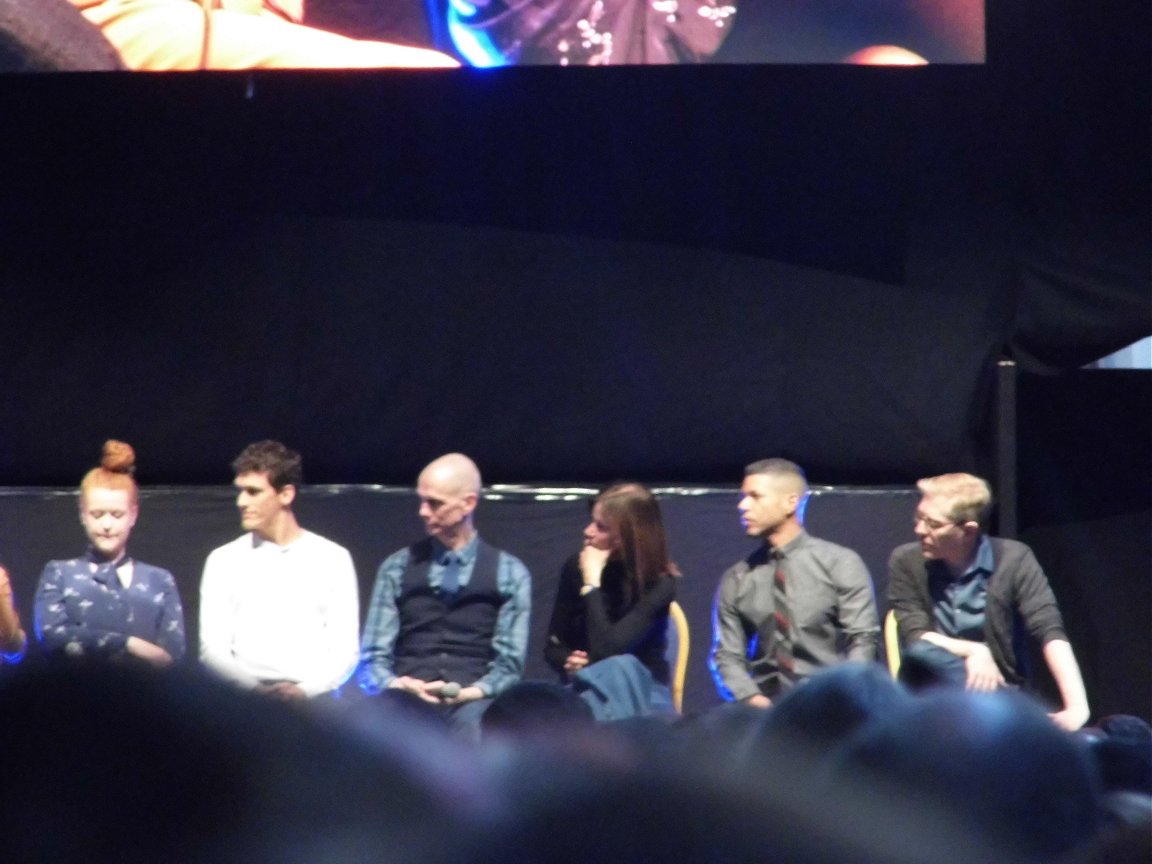
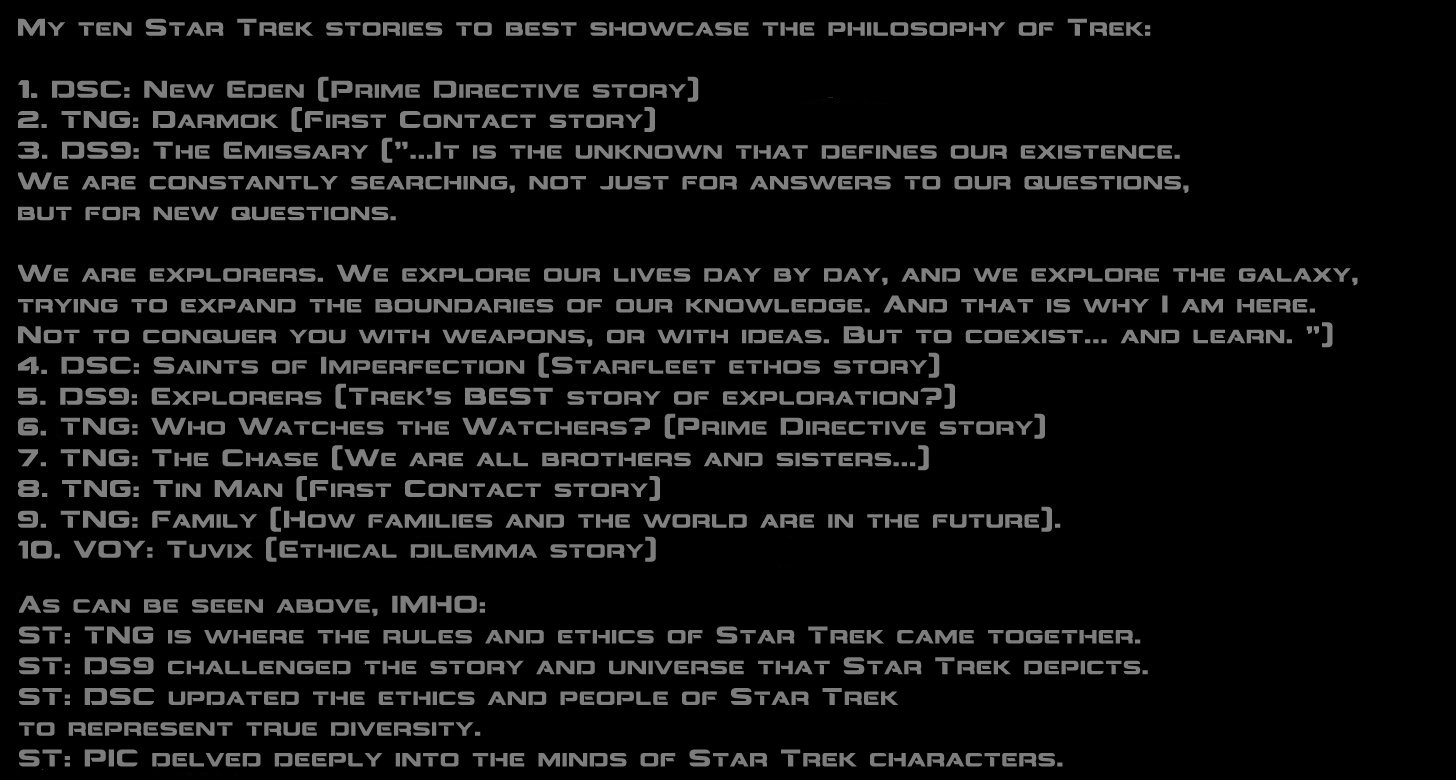
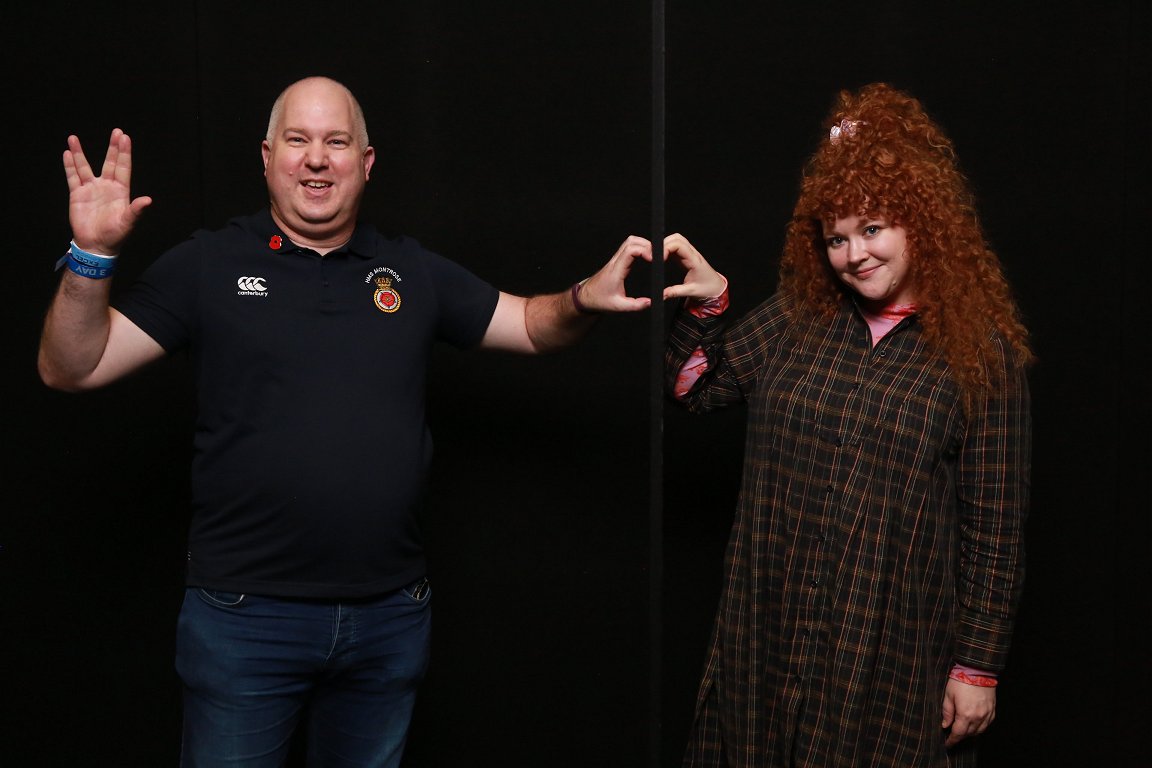

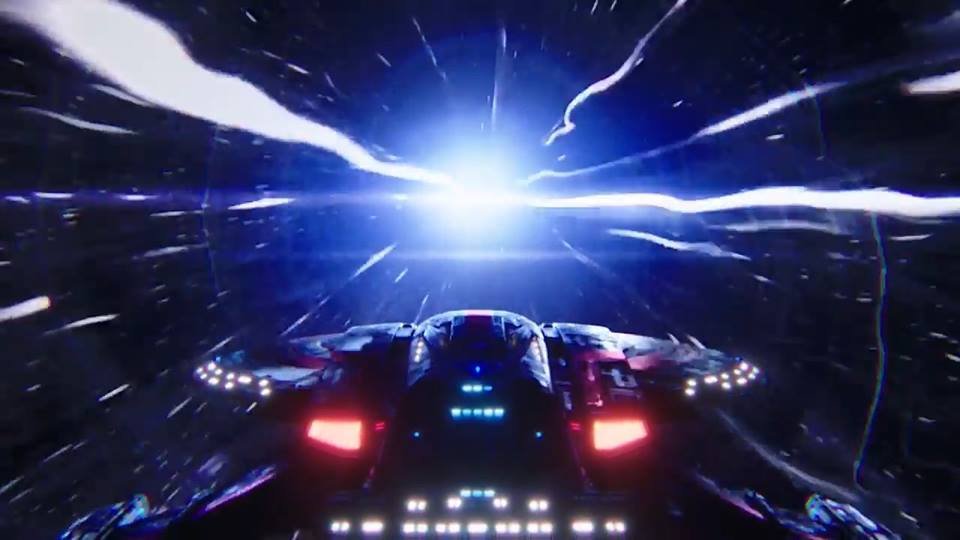
Building on the established lore of Star Trek, with contemporary organisations such as the British Antarctic Survey, US Coastguard, NASA, ESA, Russian Space Agency, UN Ambassadors and the Royal Navy's HMS Echo and HMS Enterprise (2002 - ), HMS Protector (2011 - ) and Endurance (1967 - 1991, 1992 - 2008) amongst the models for the future Starfleet. The nature of the Federation and the other races will be re-examined as the Sheffield continues Star Trek's 50+ year mission "to boldly go..."
Adrian Jones
